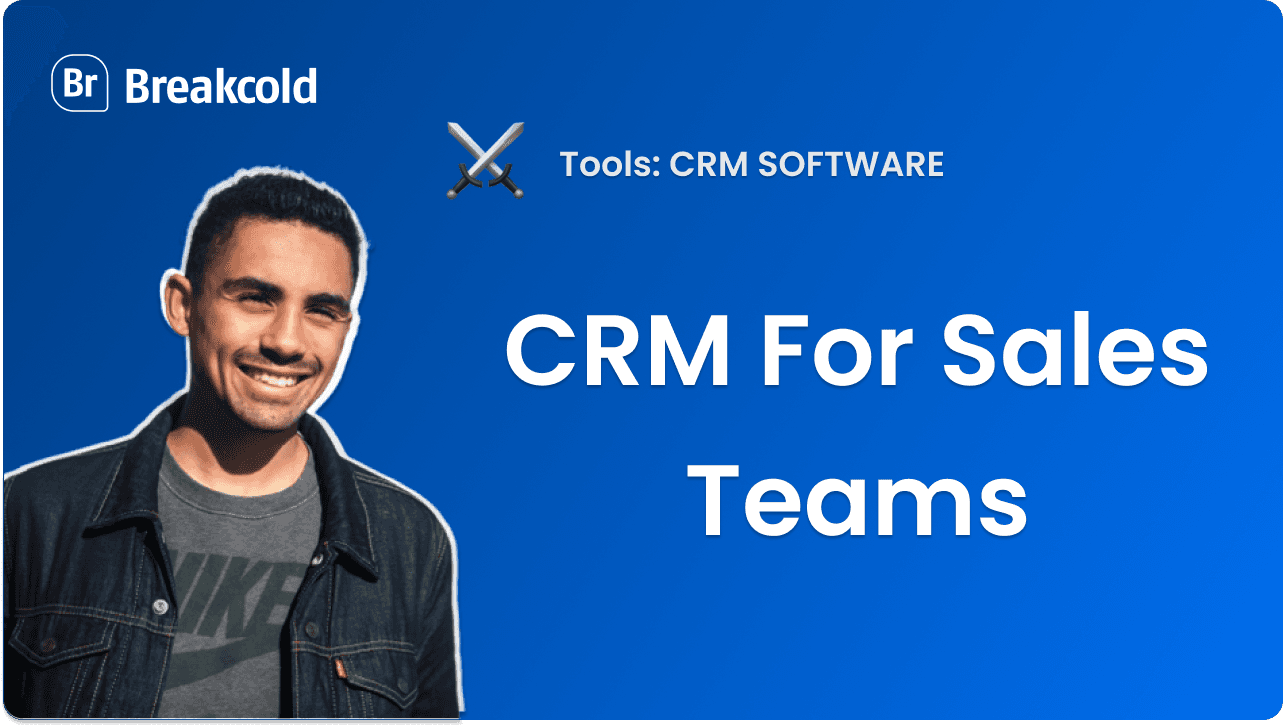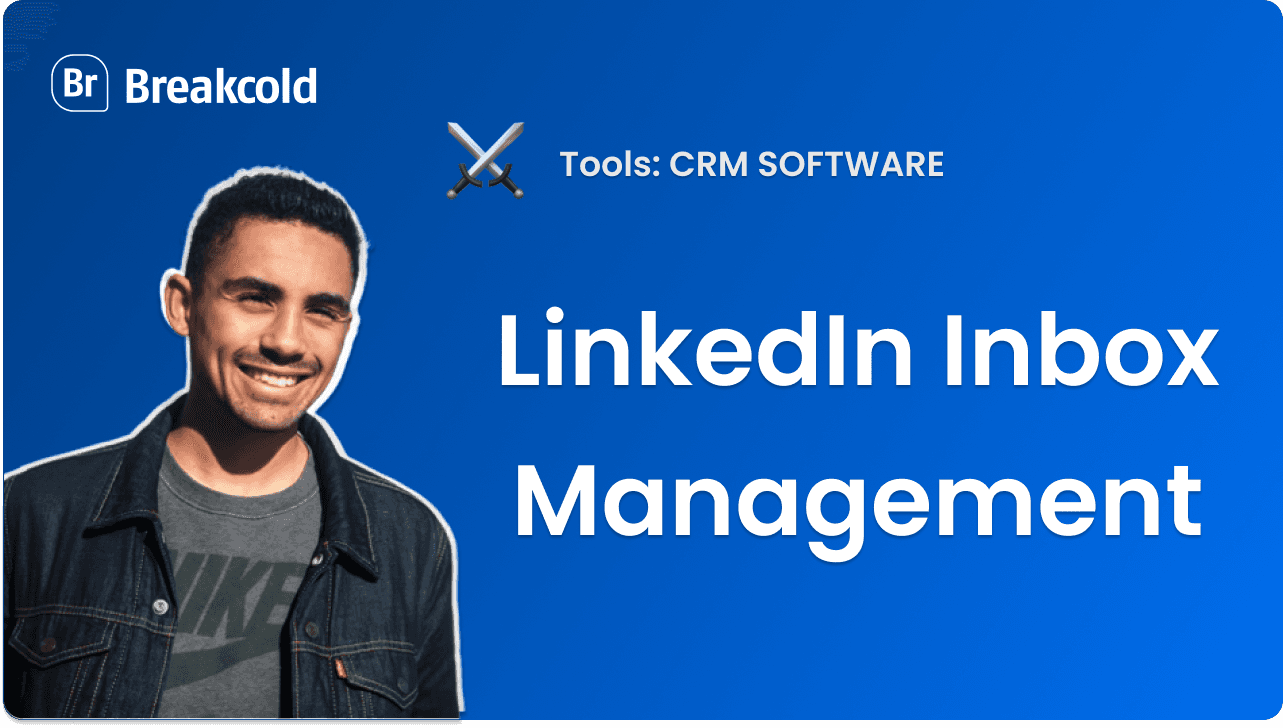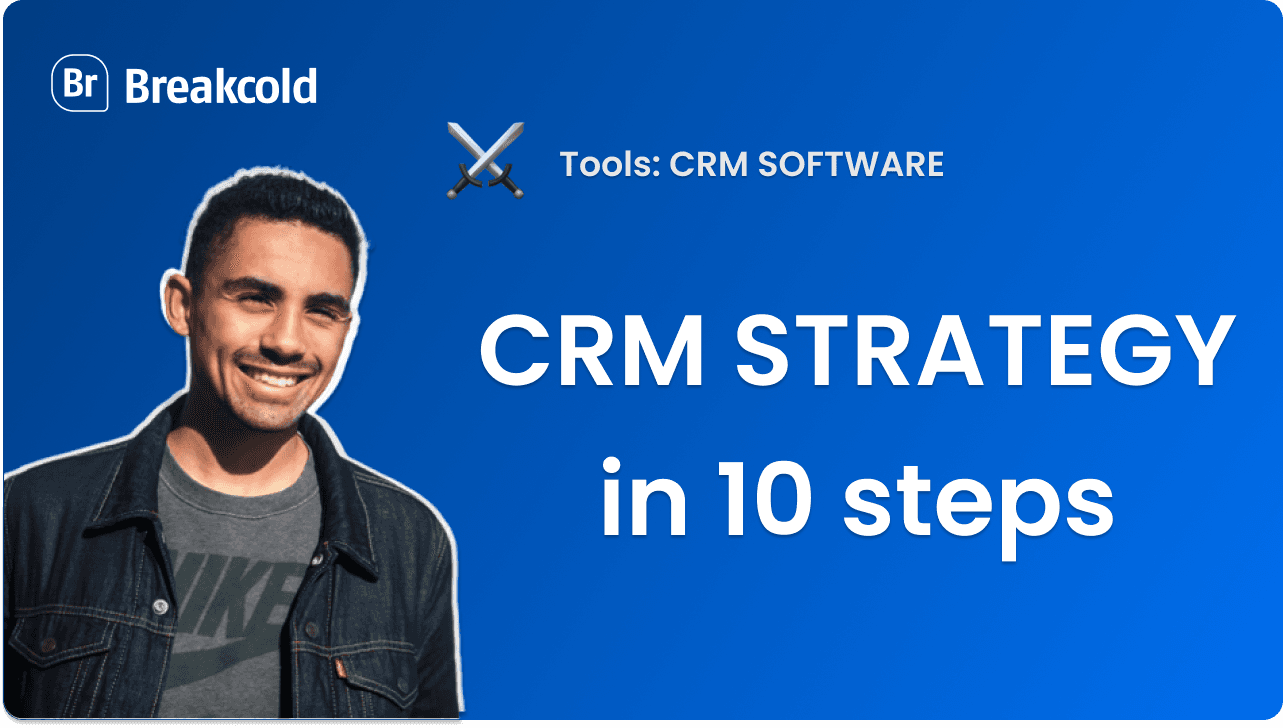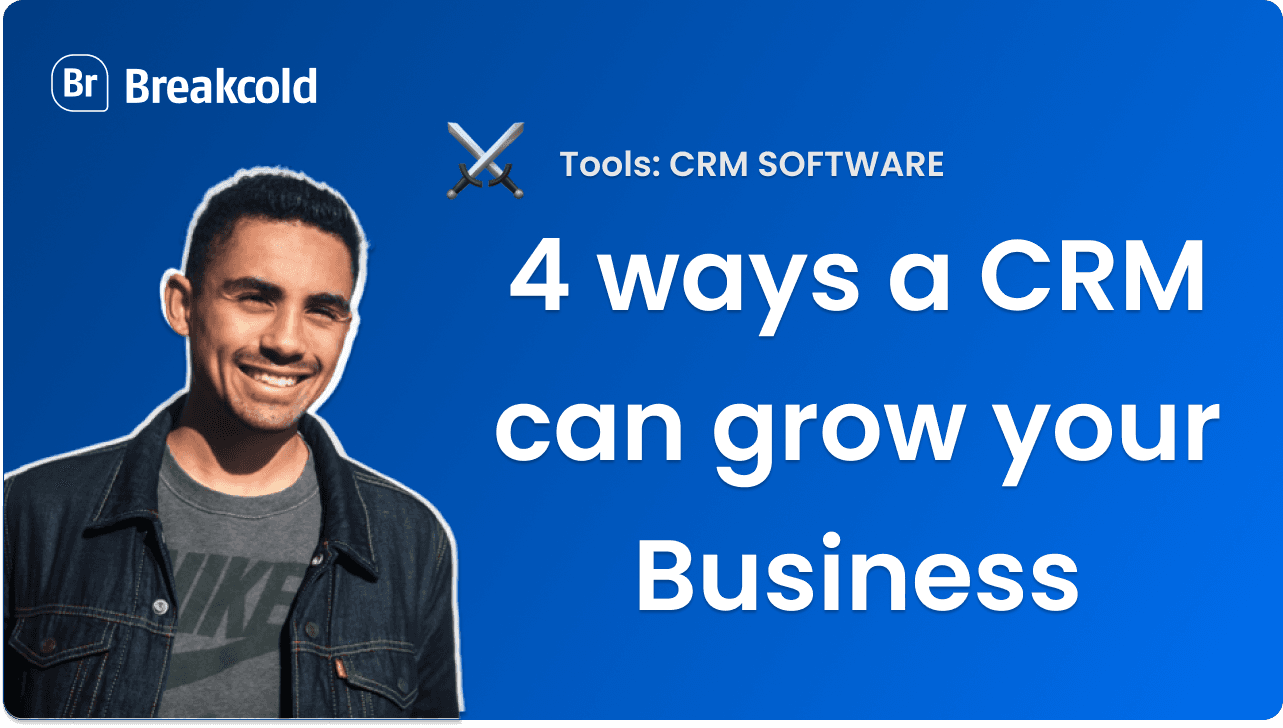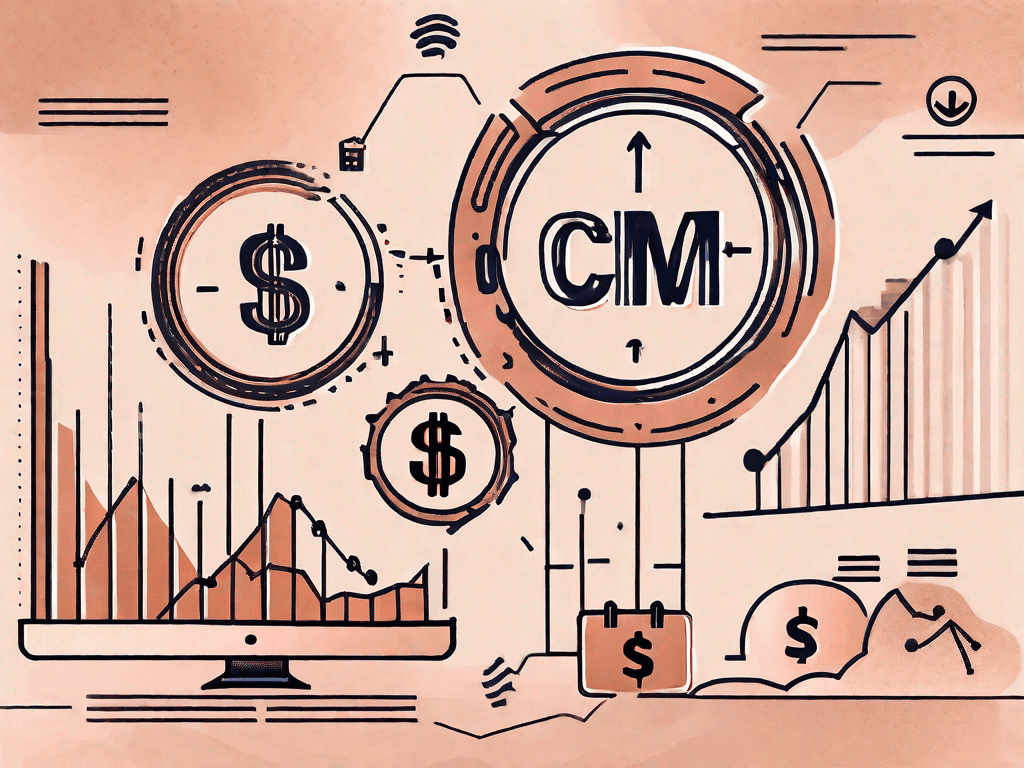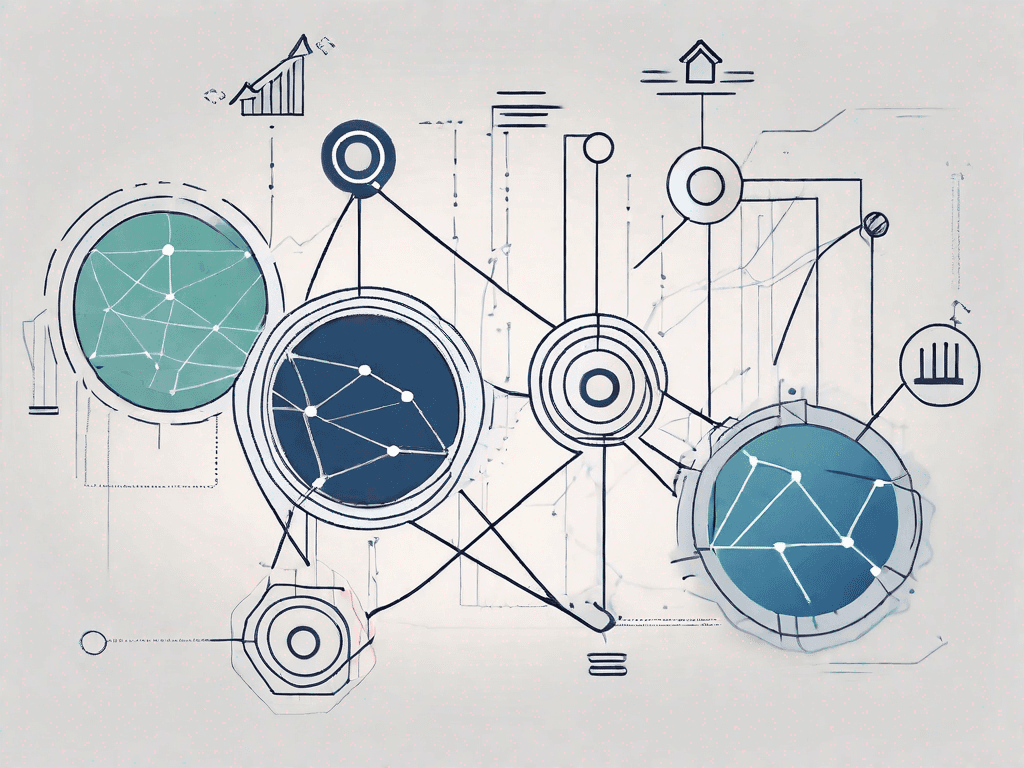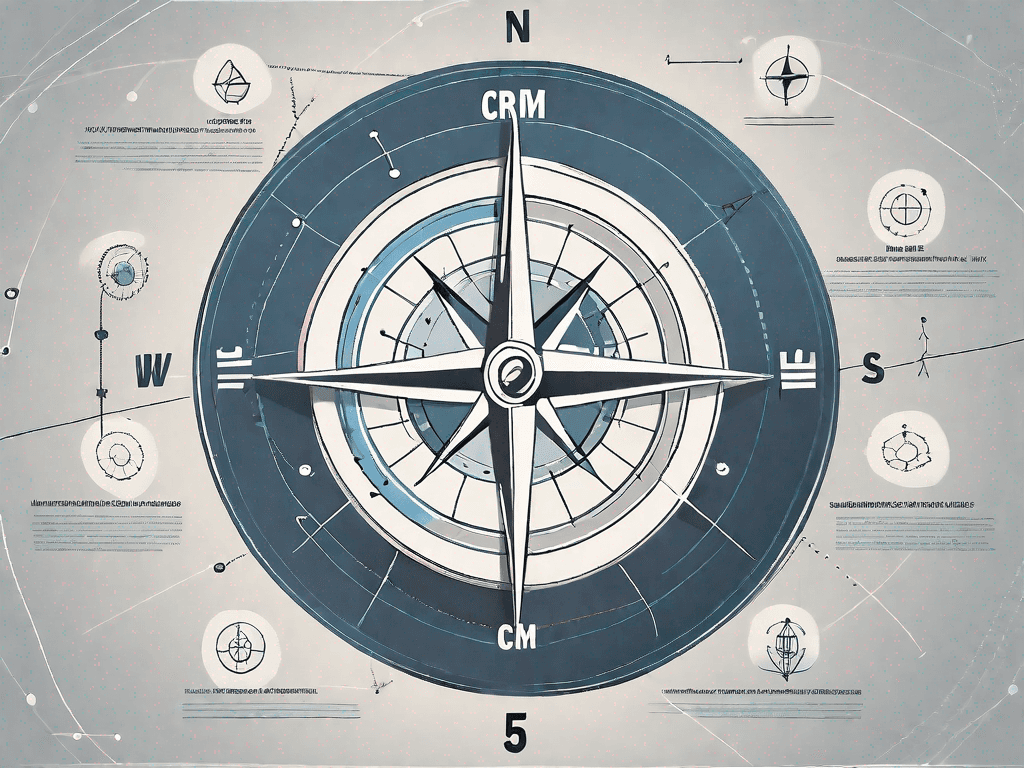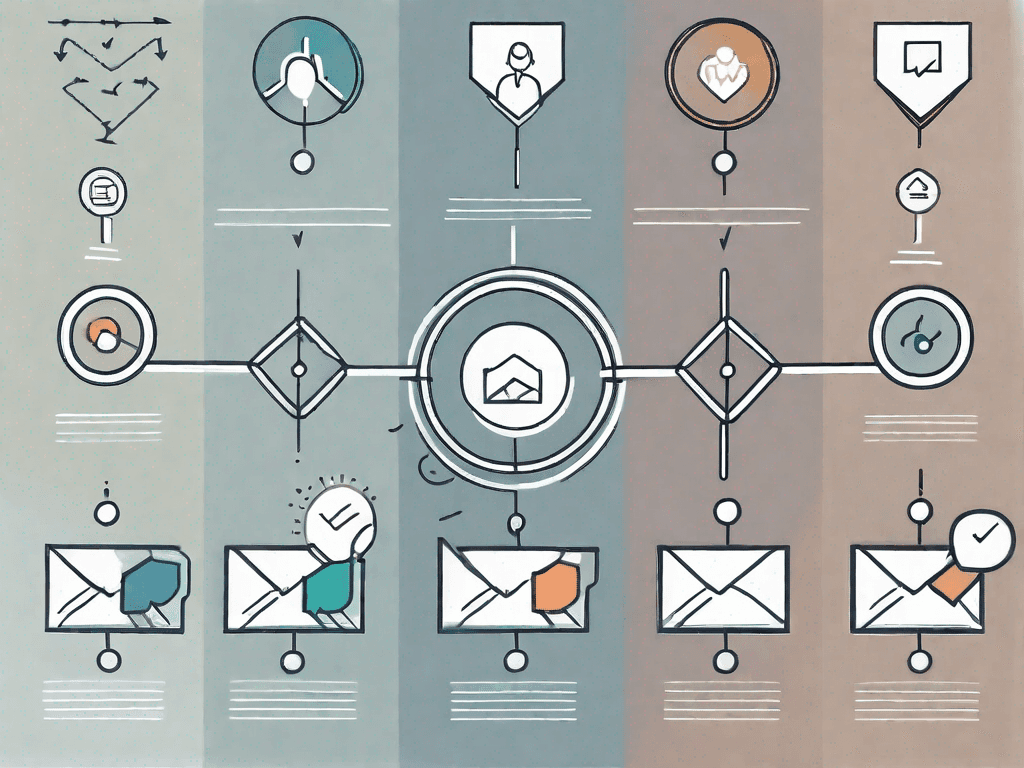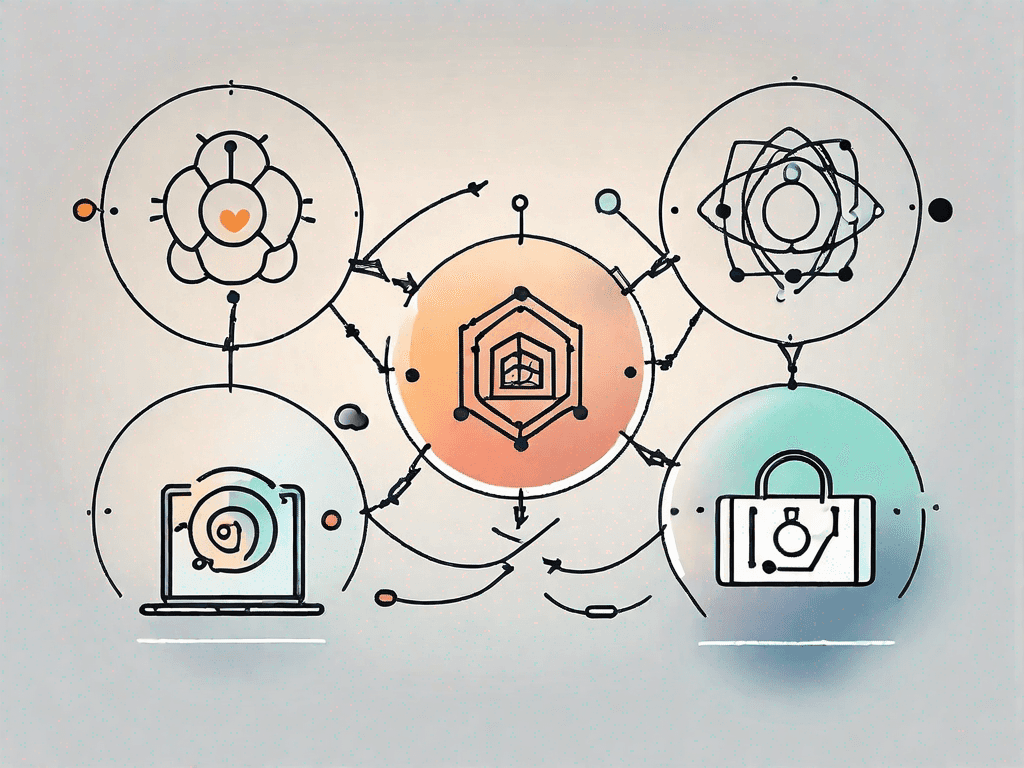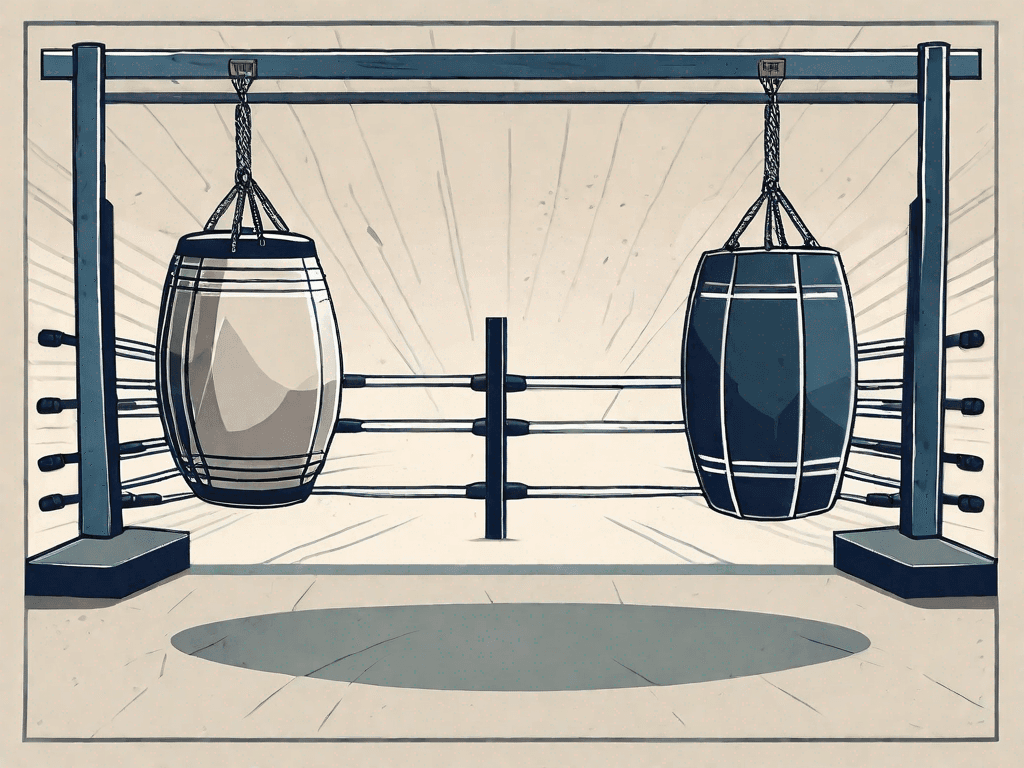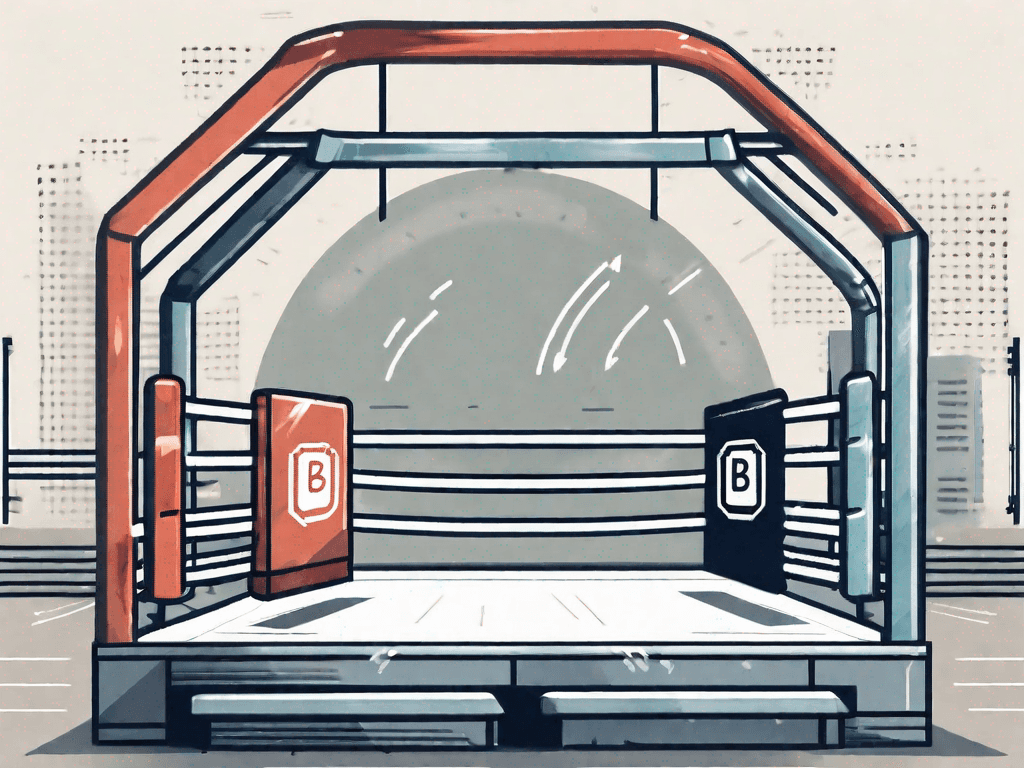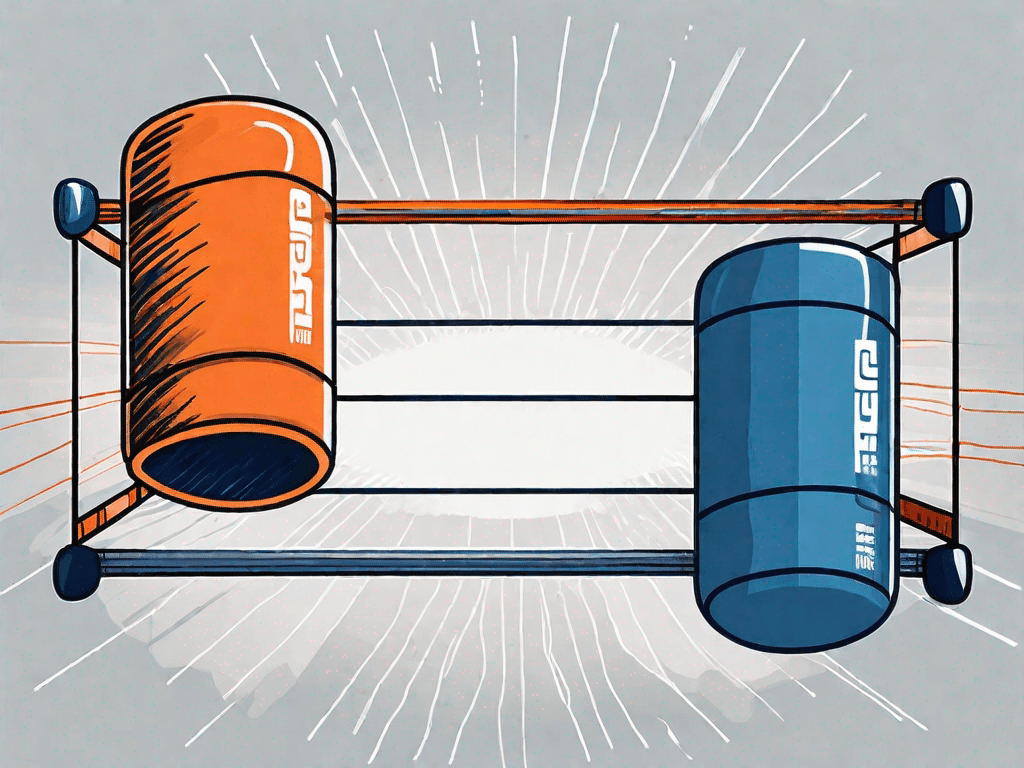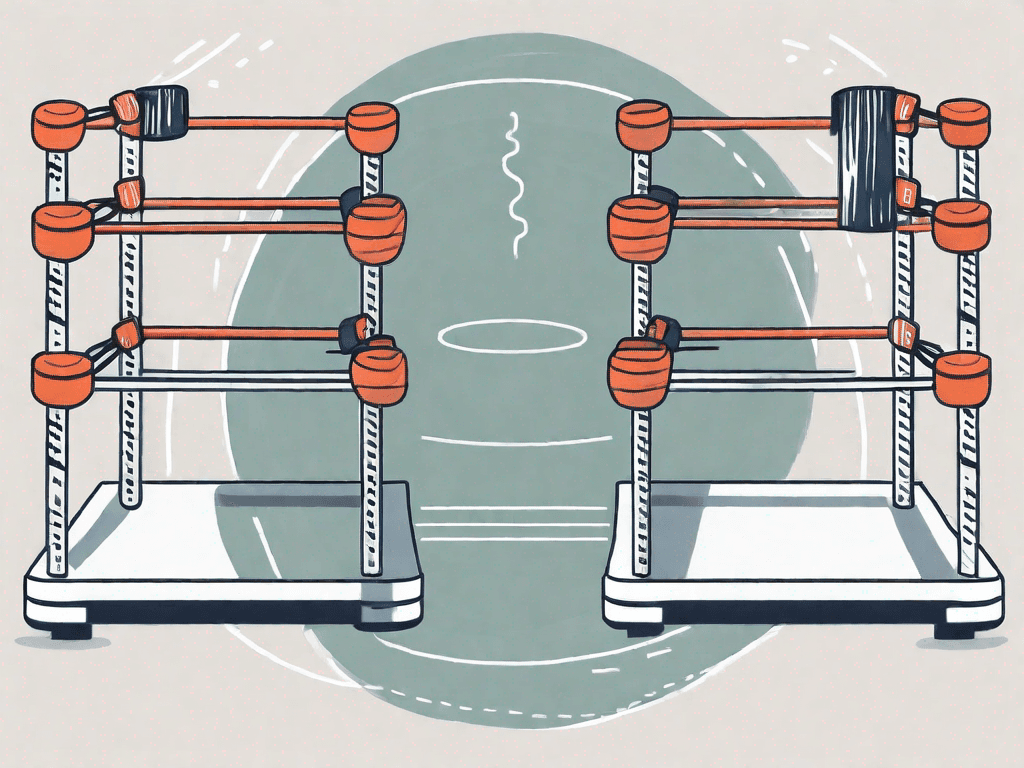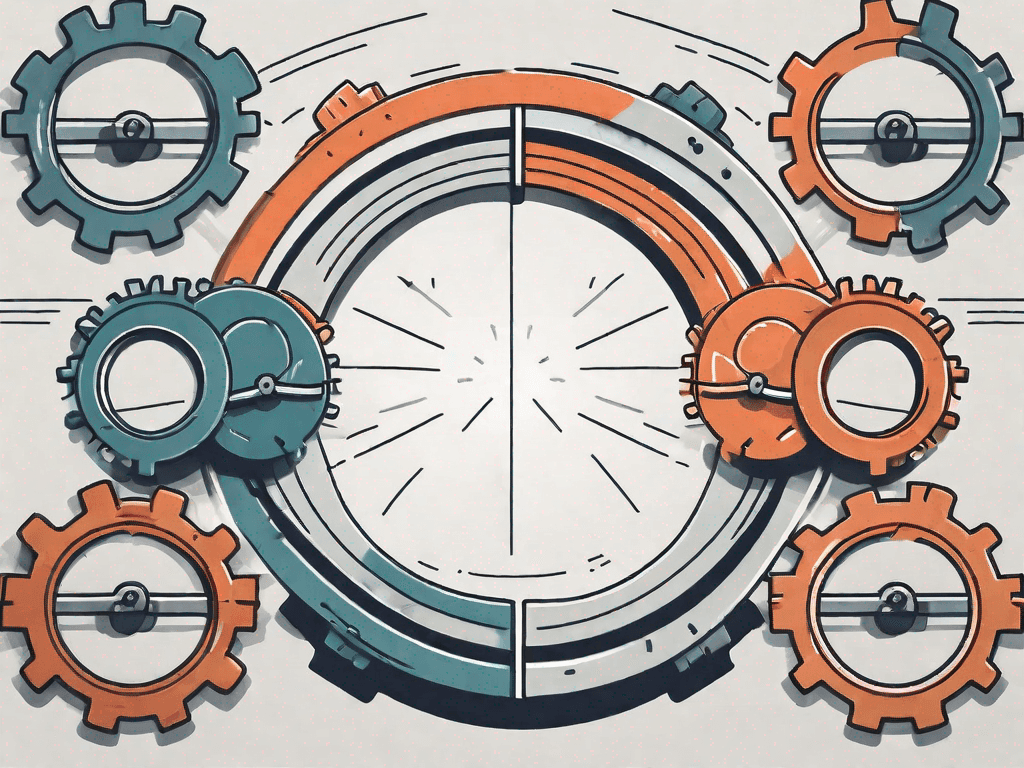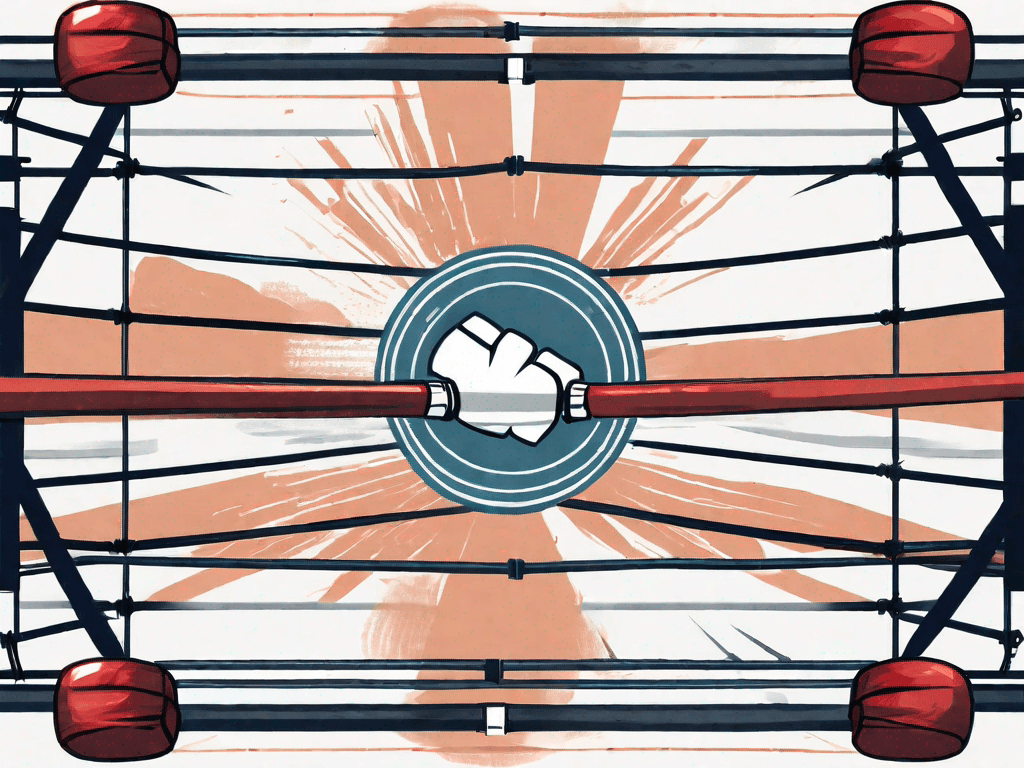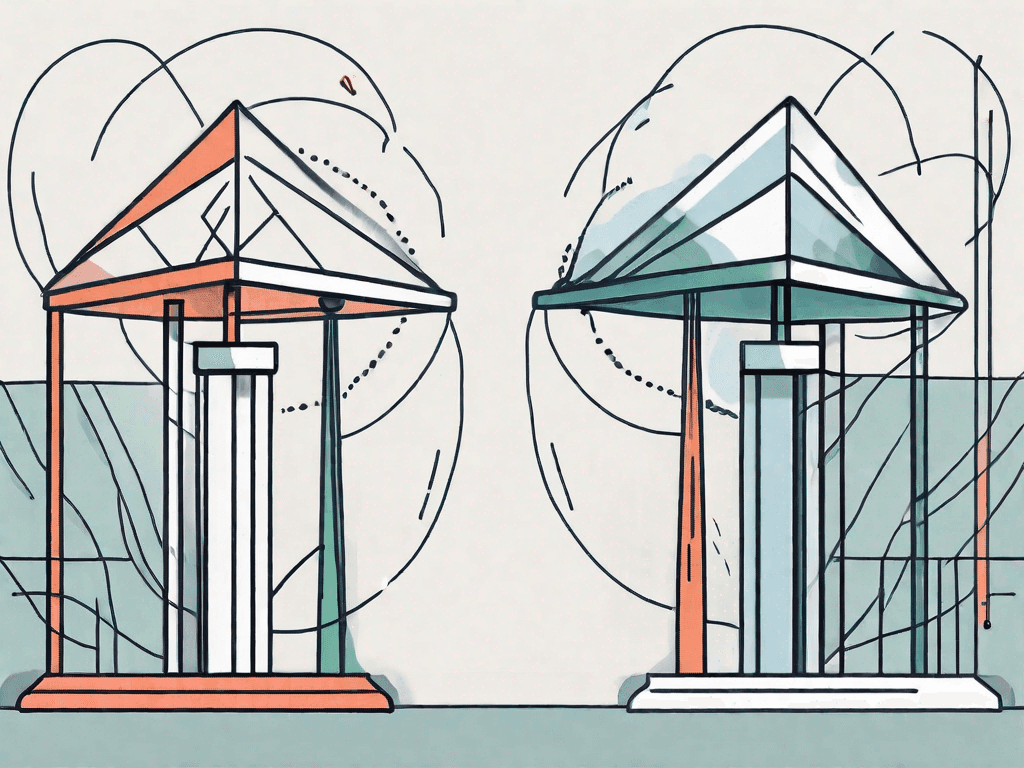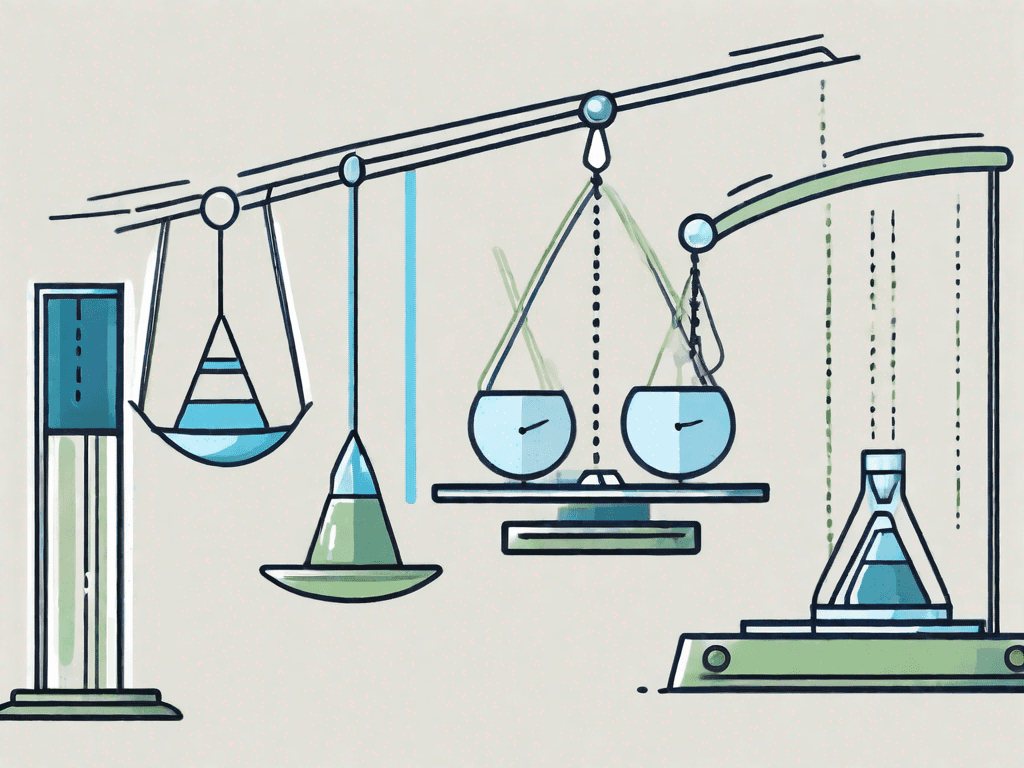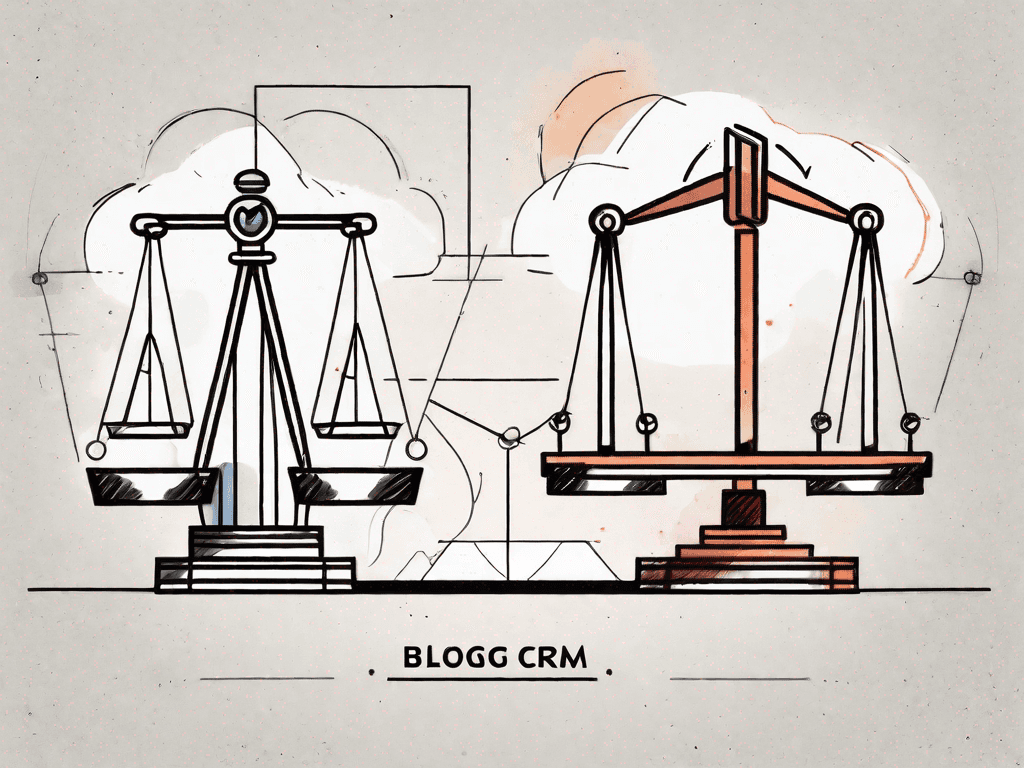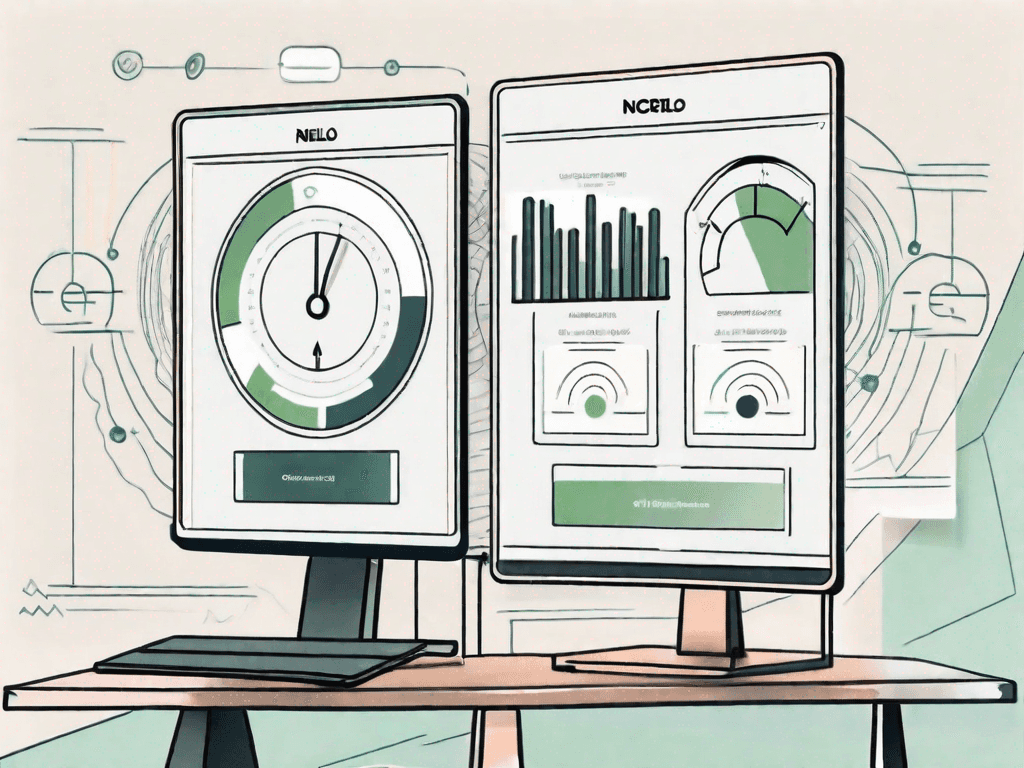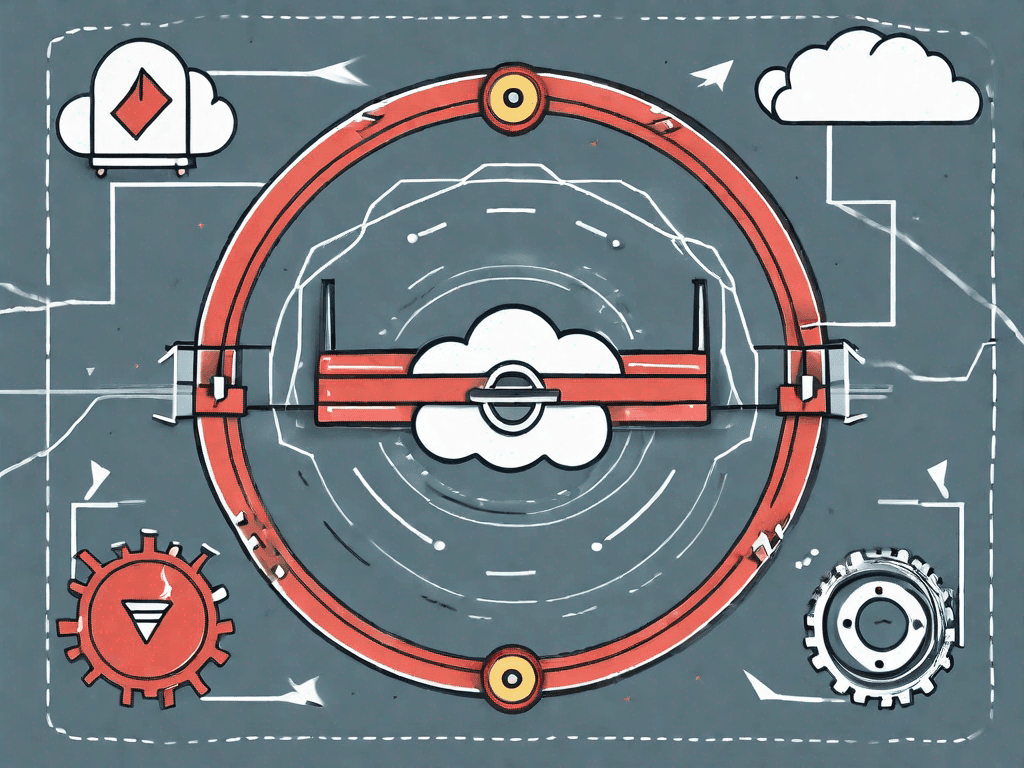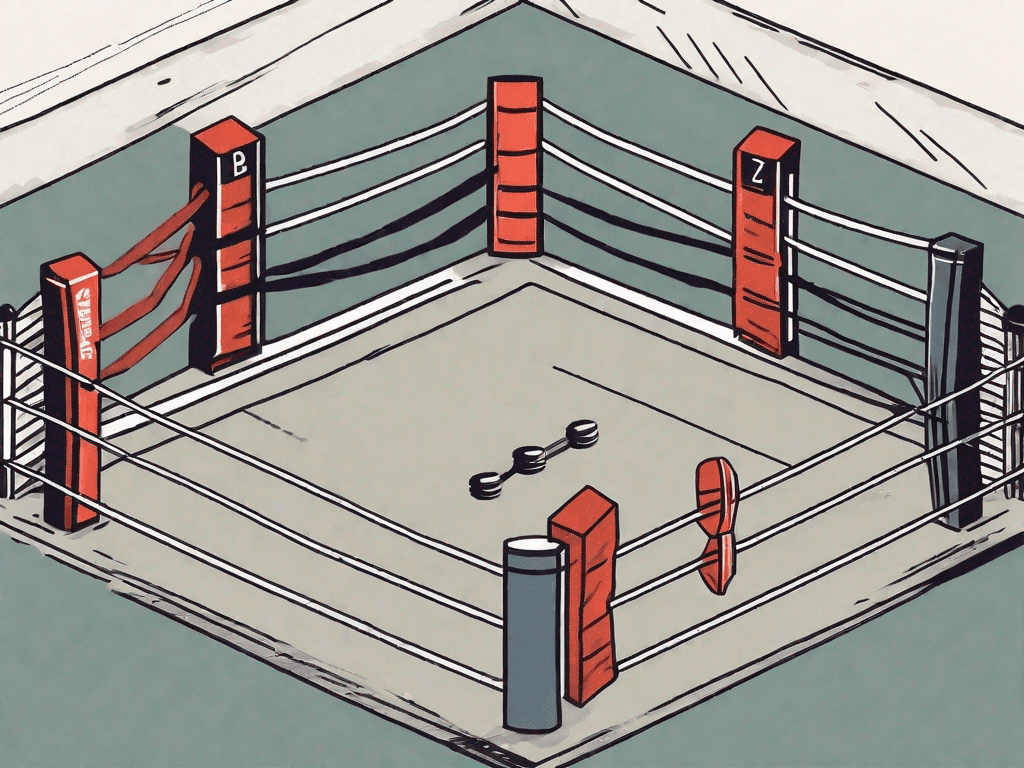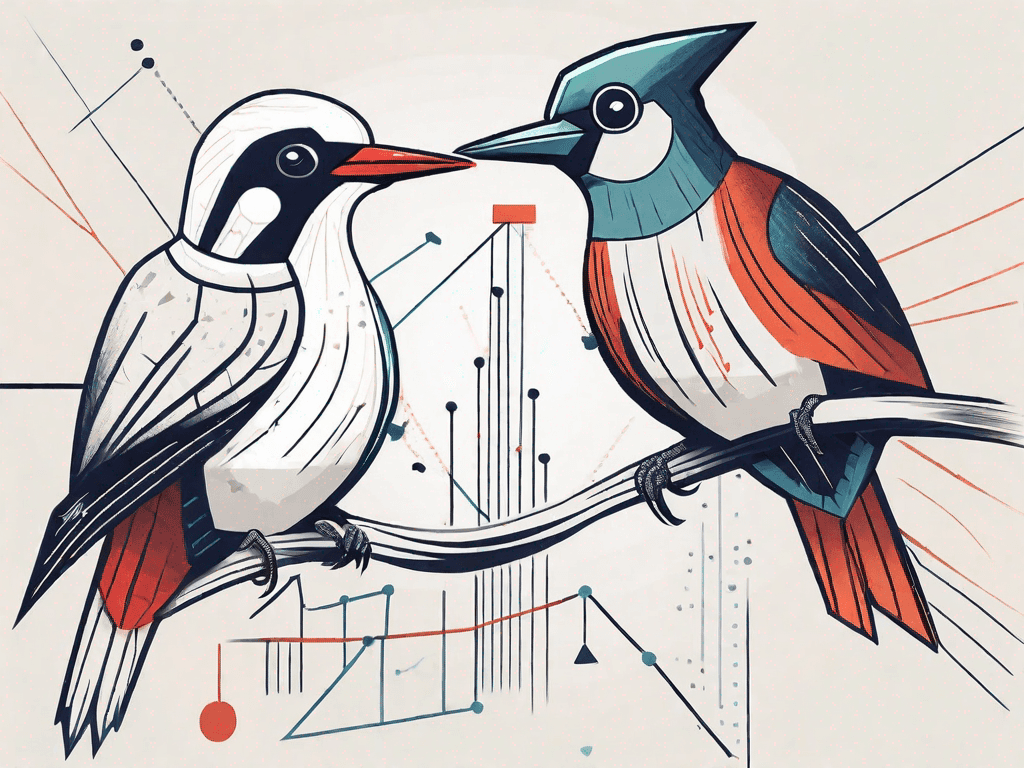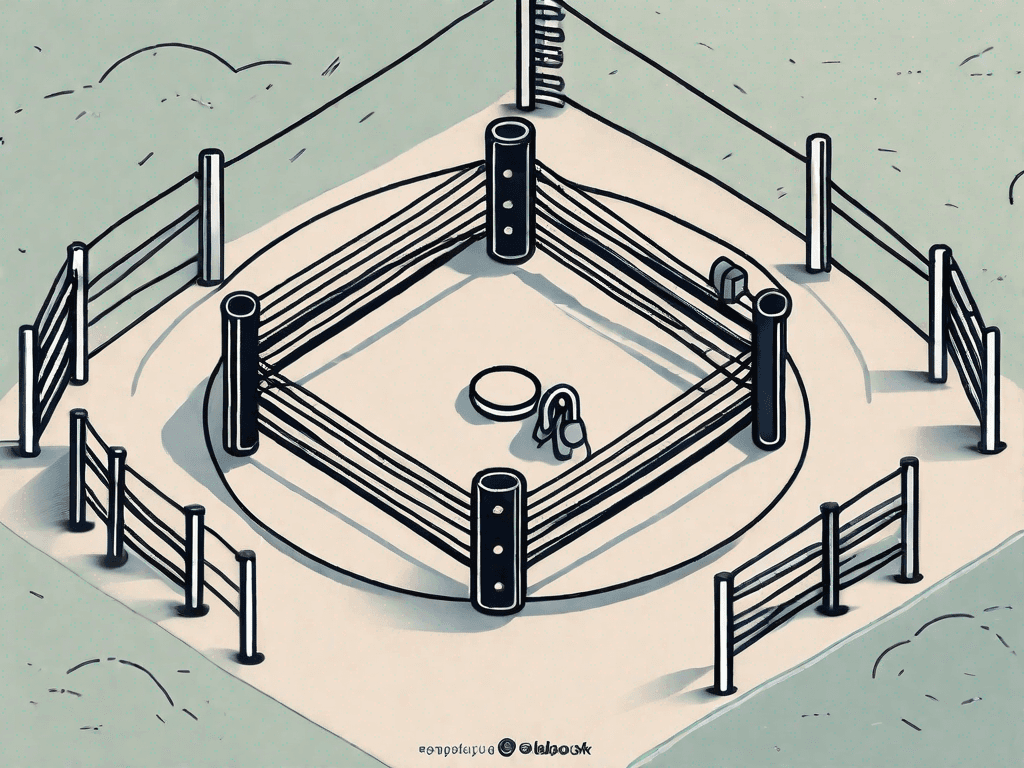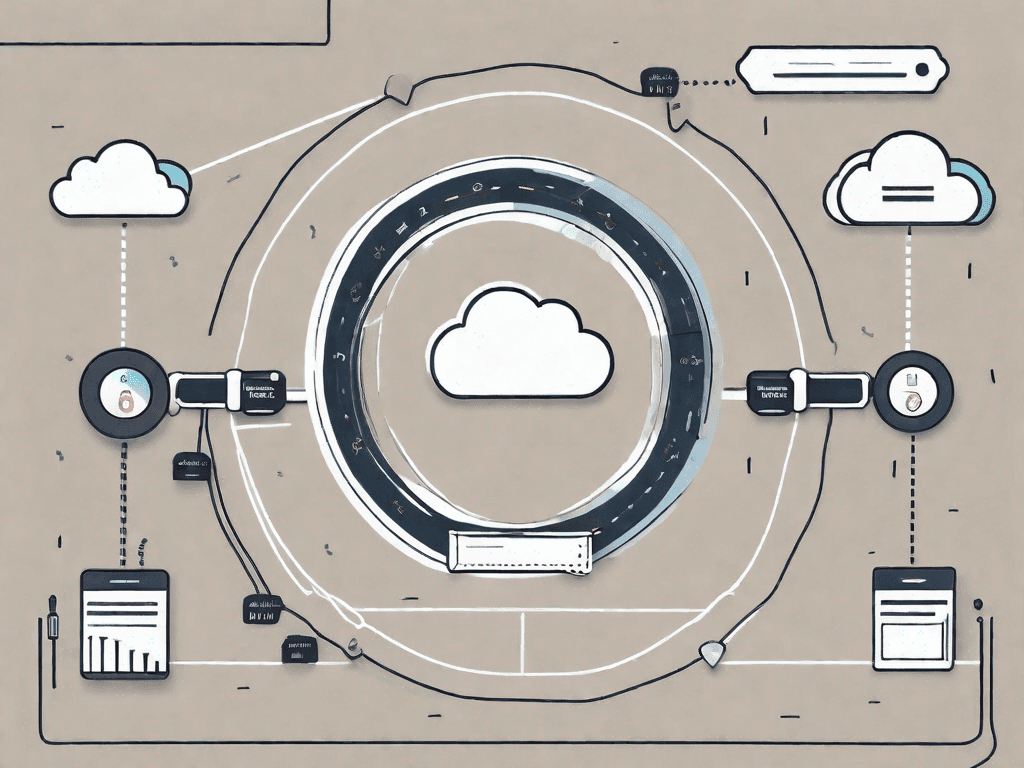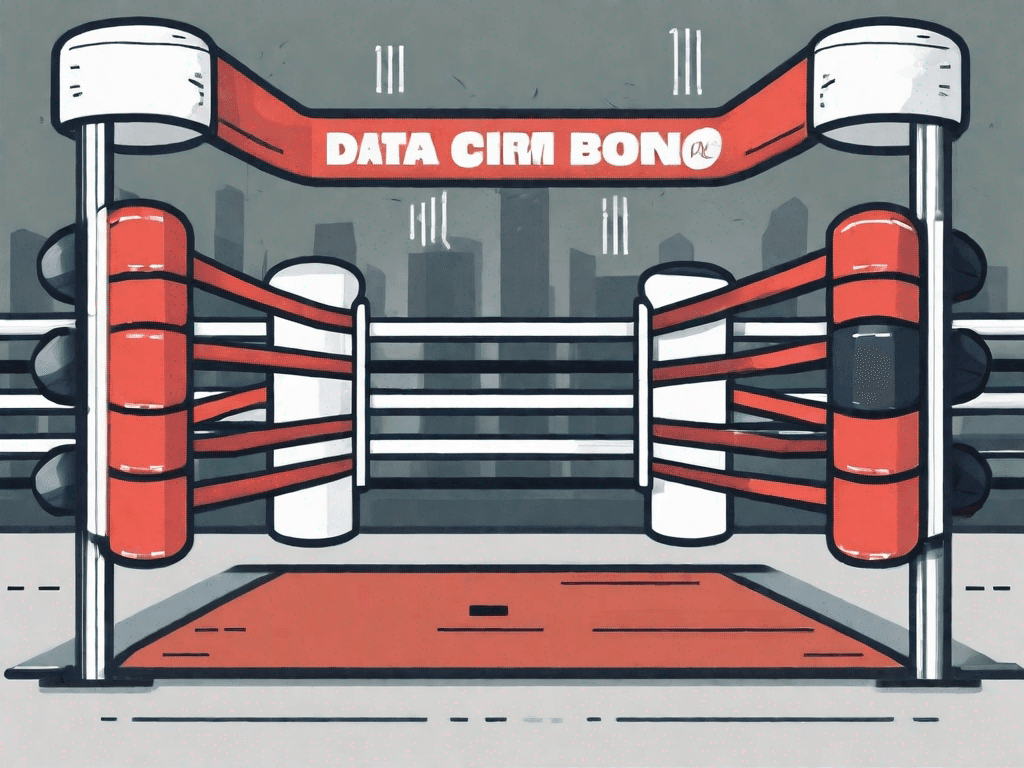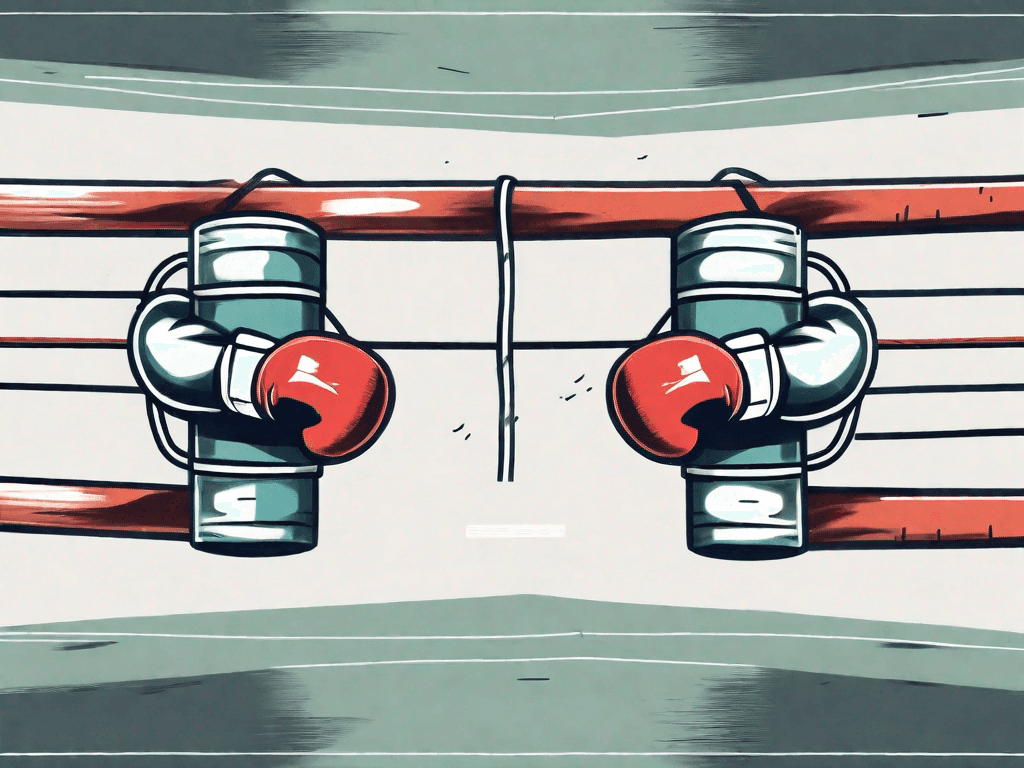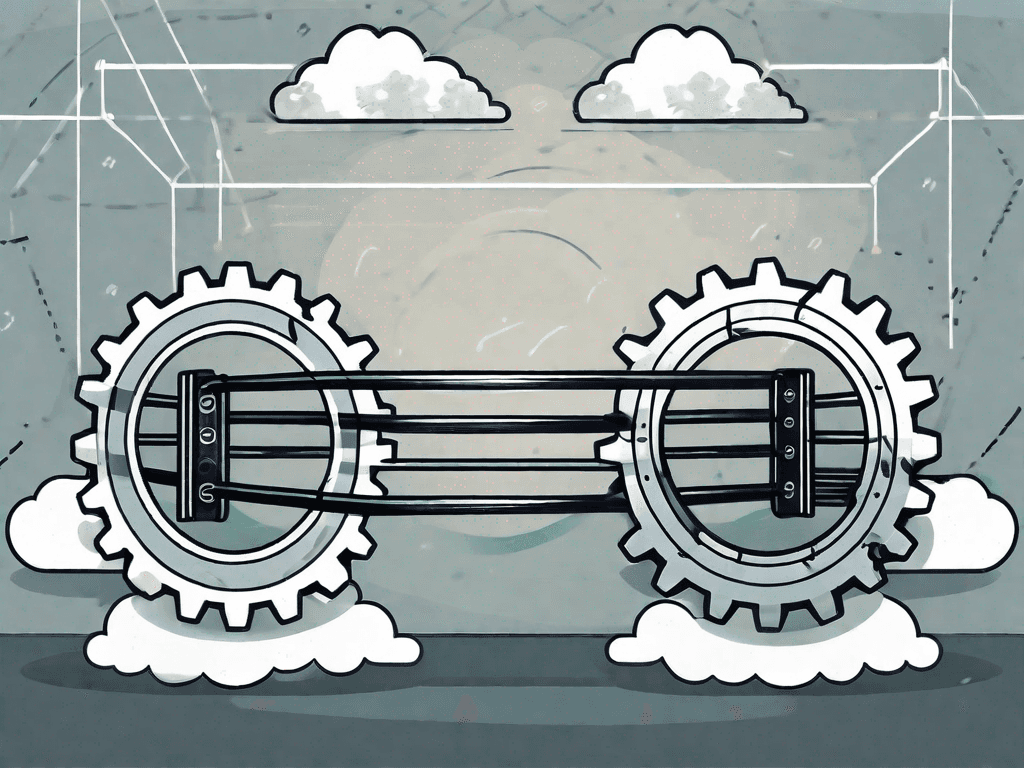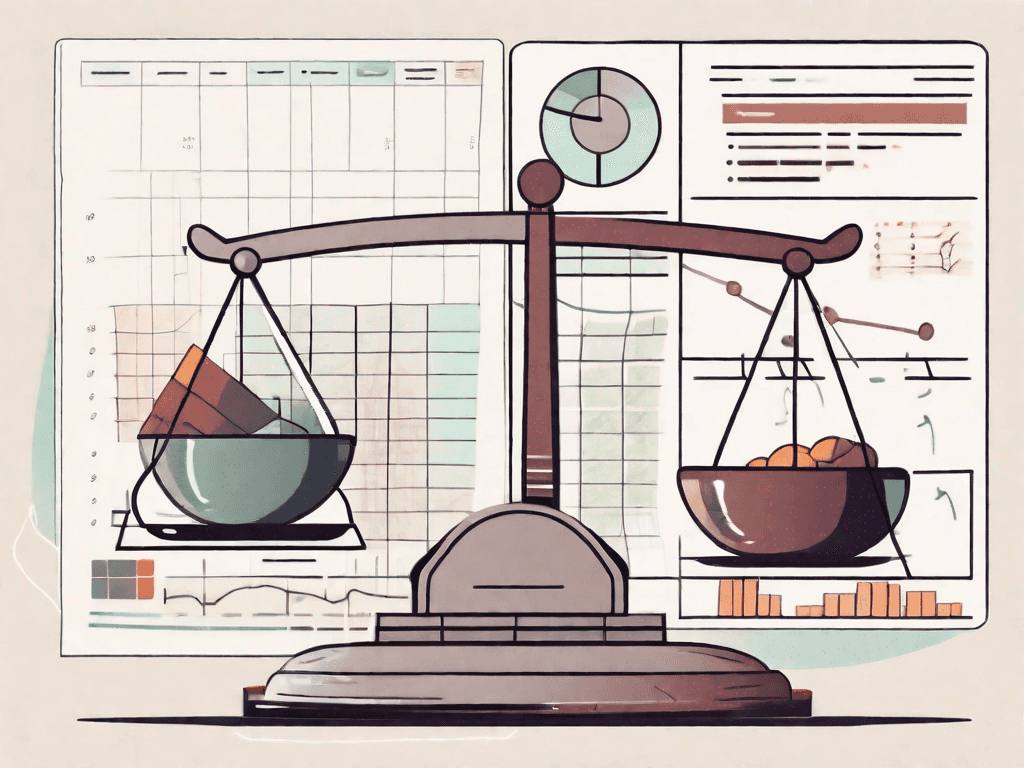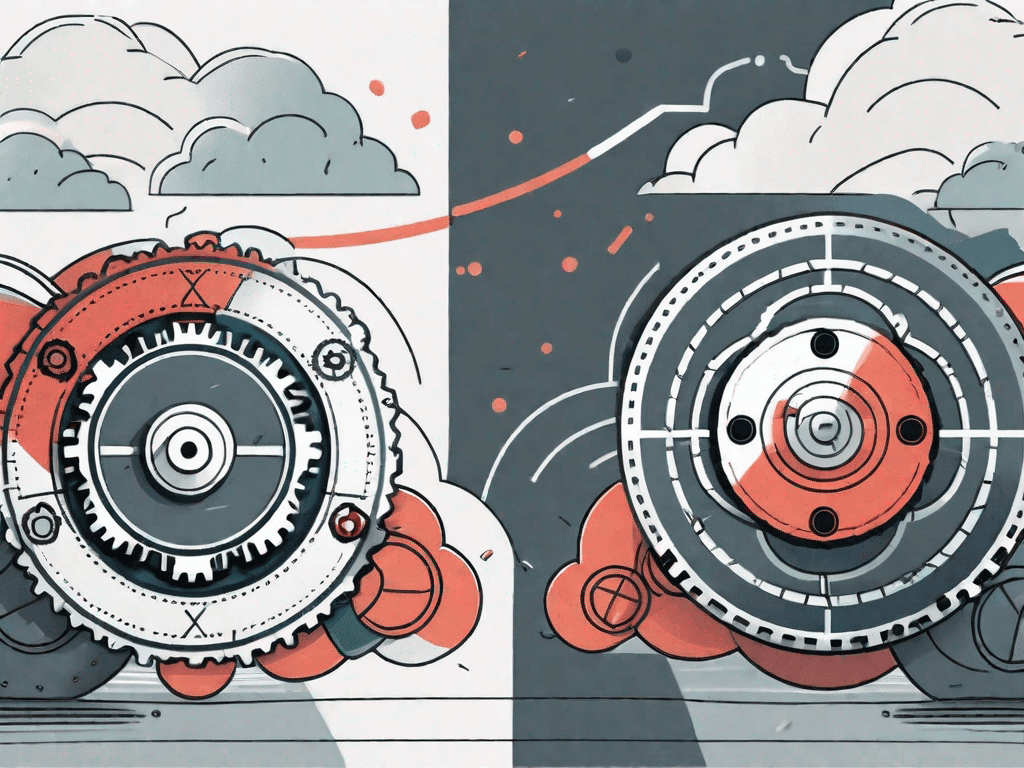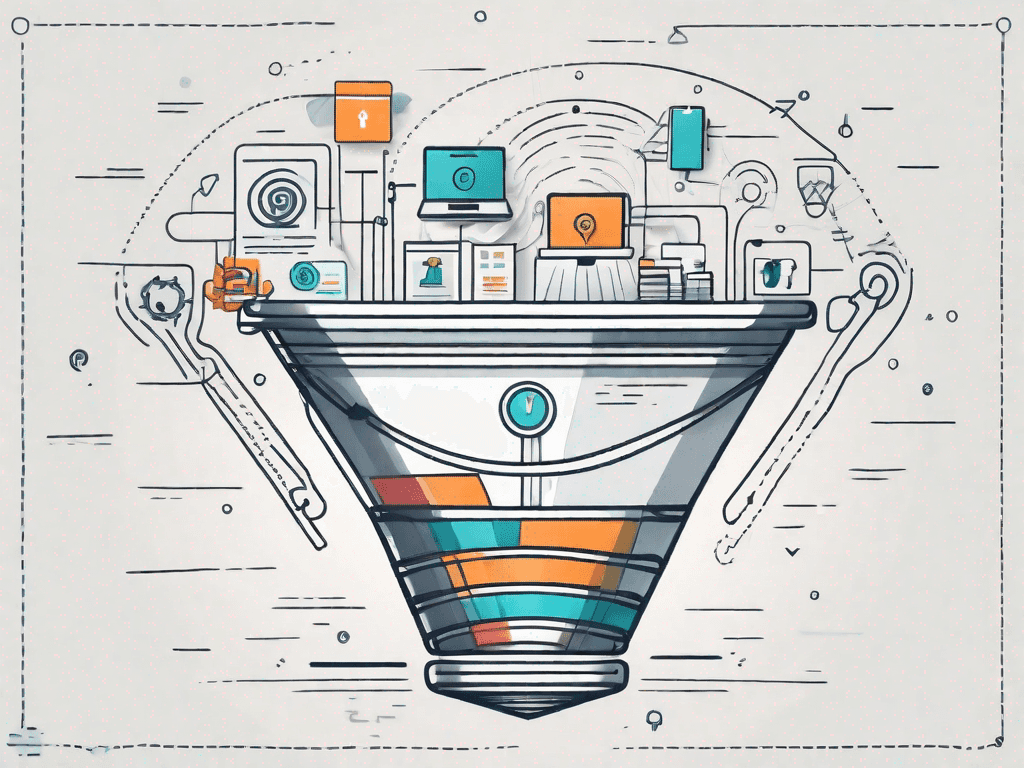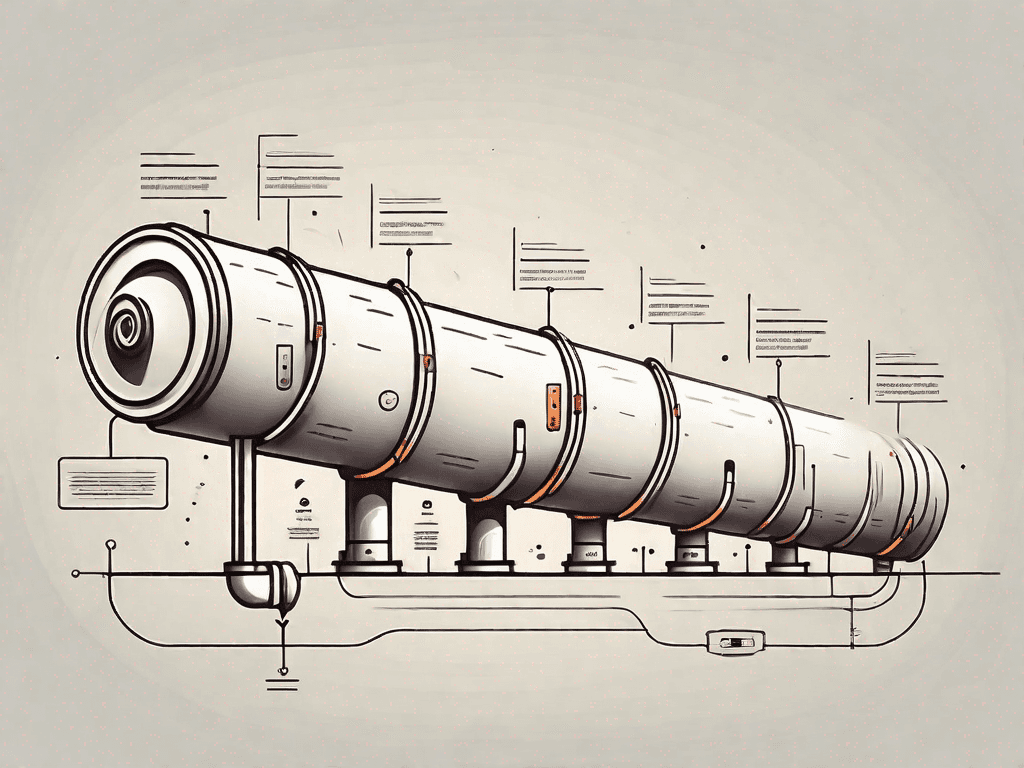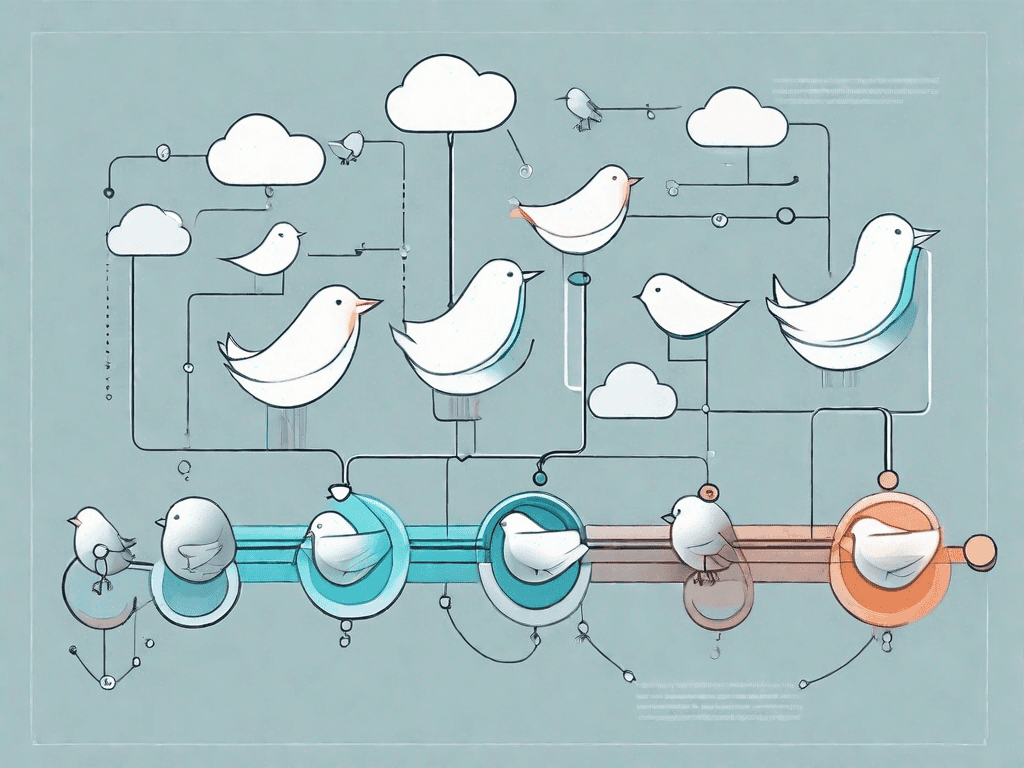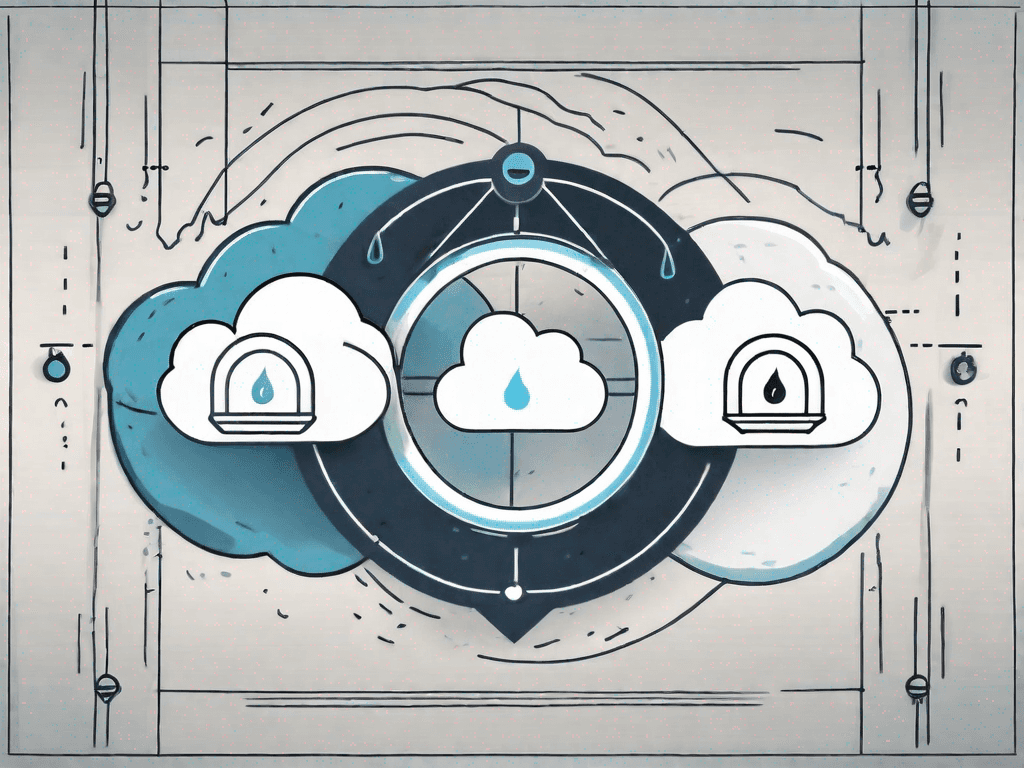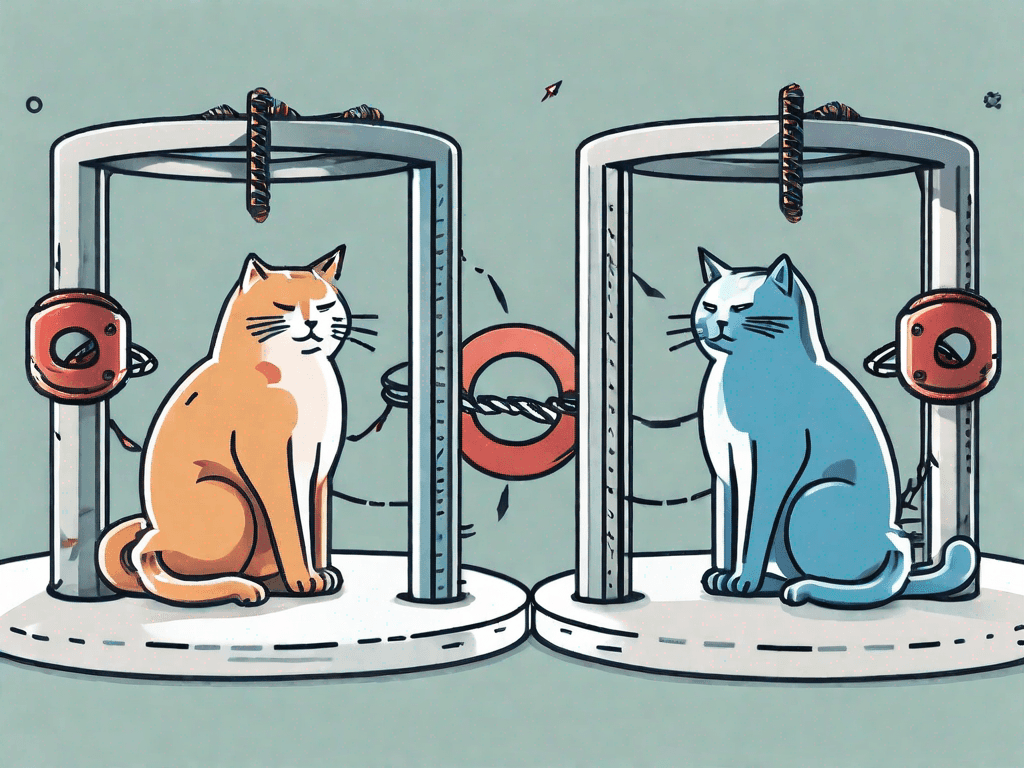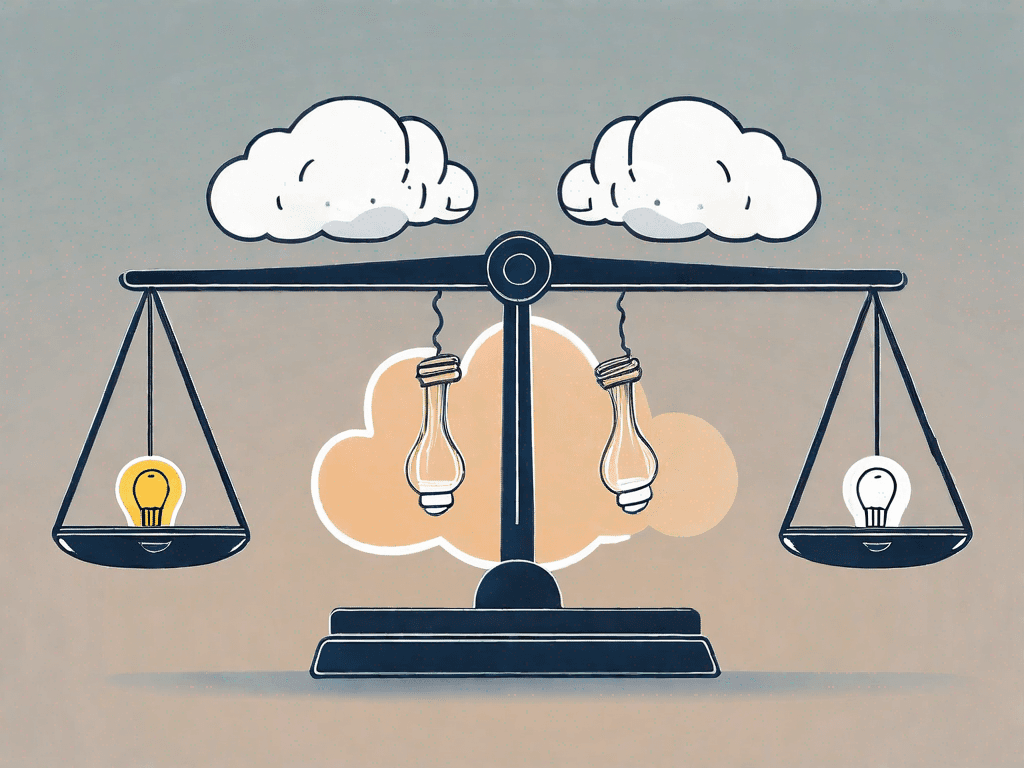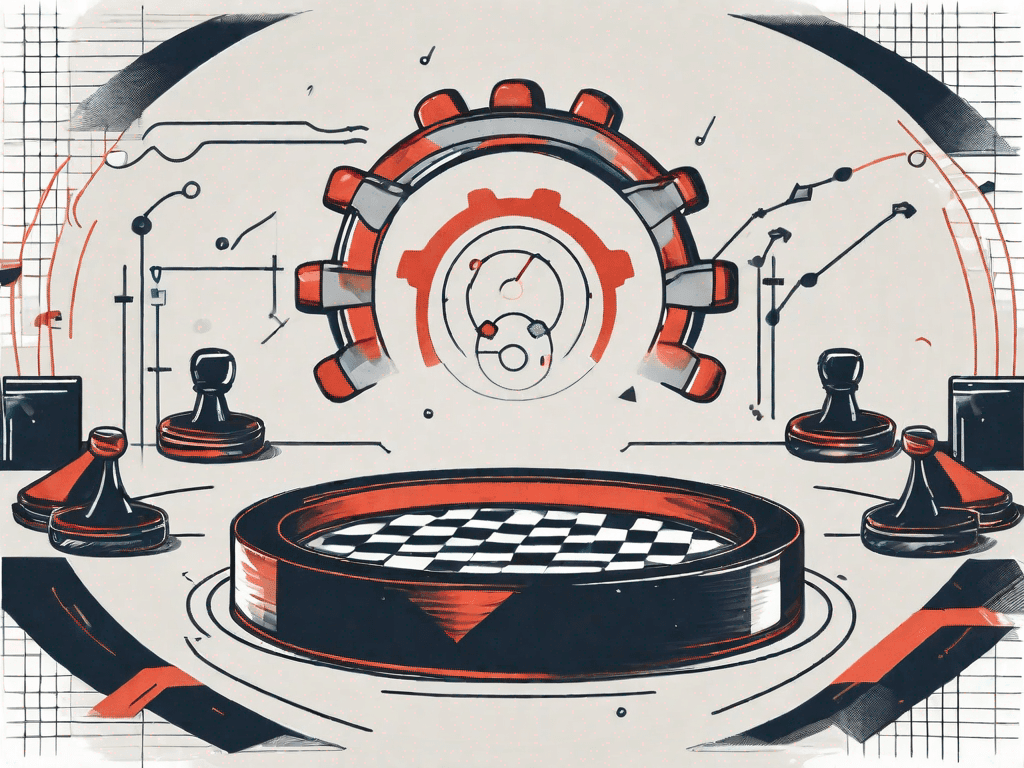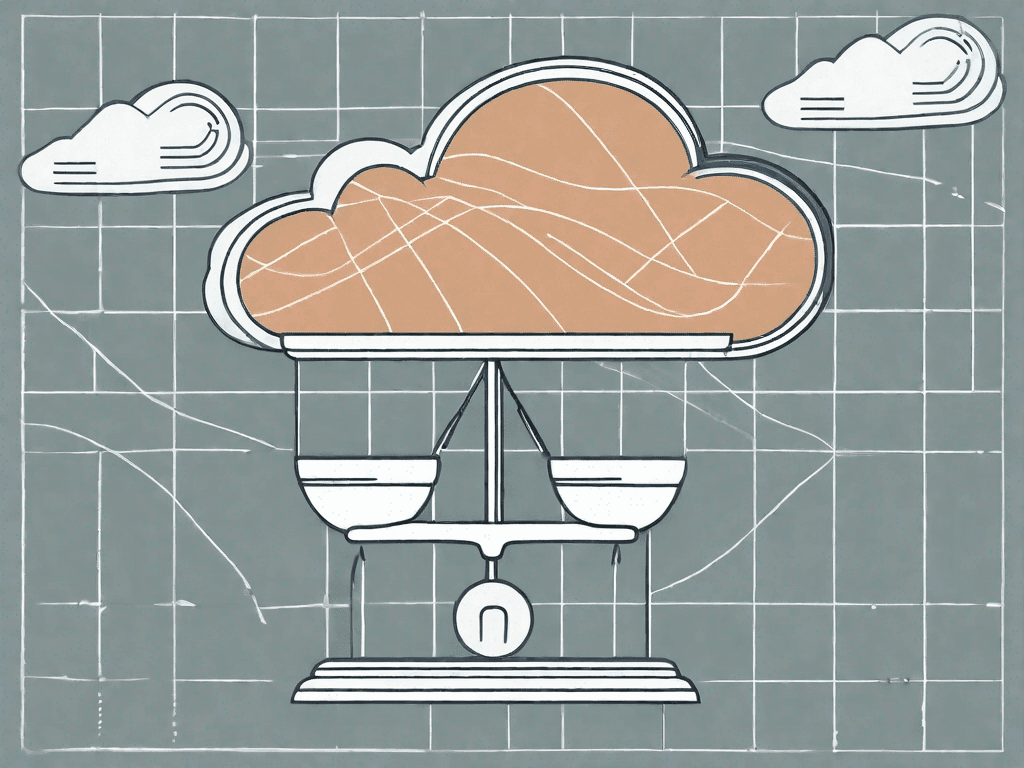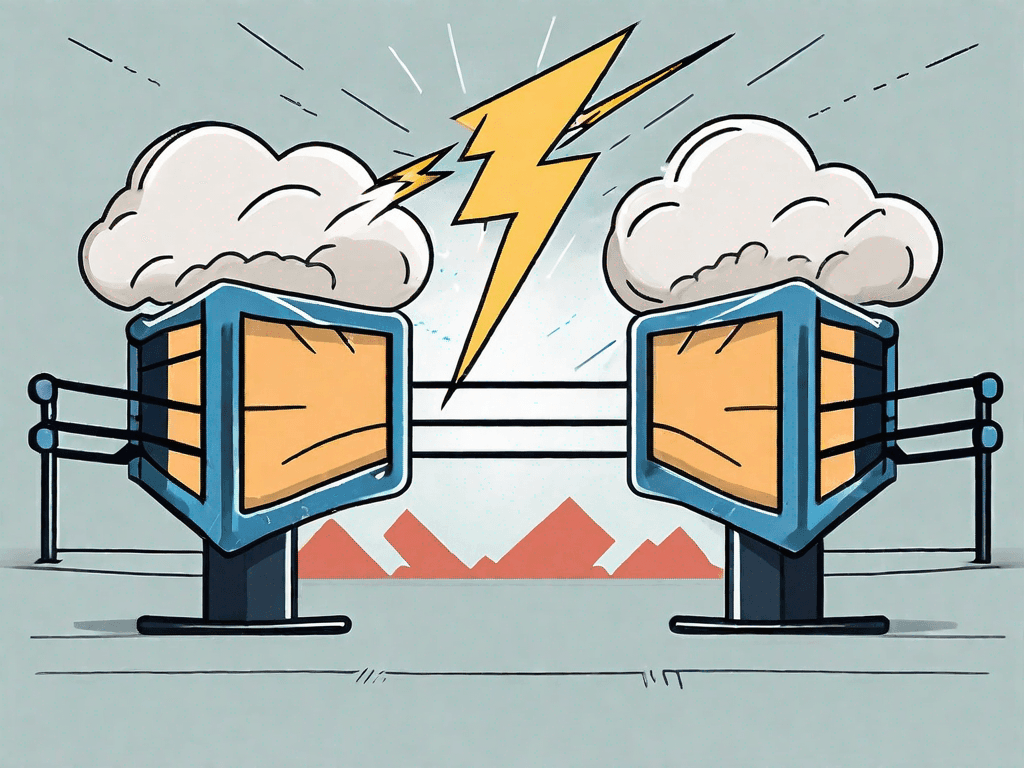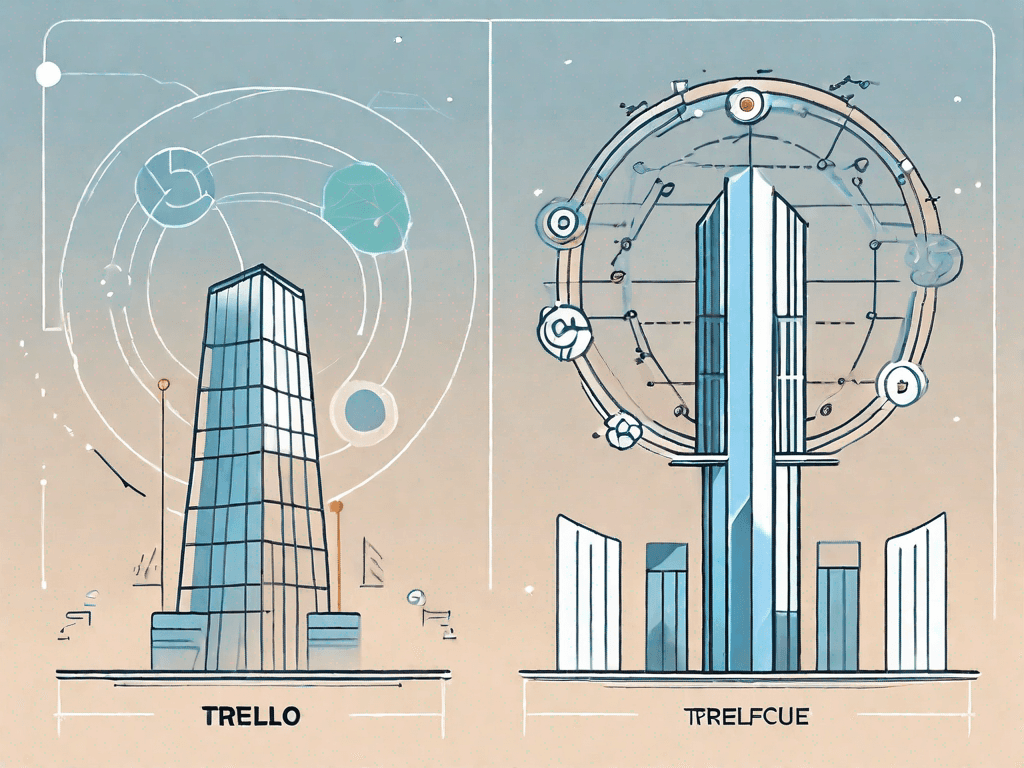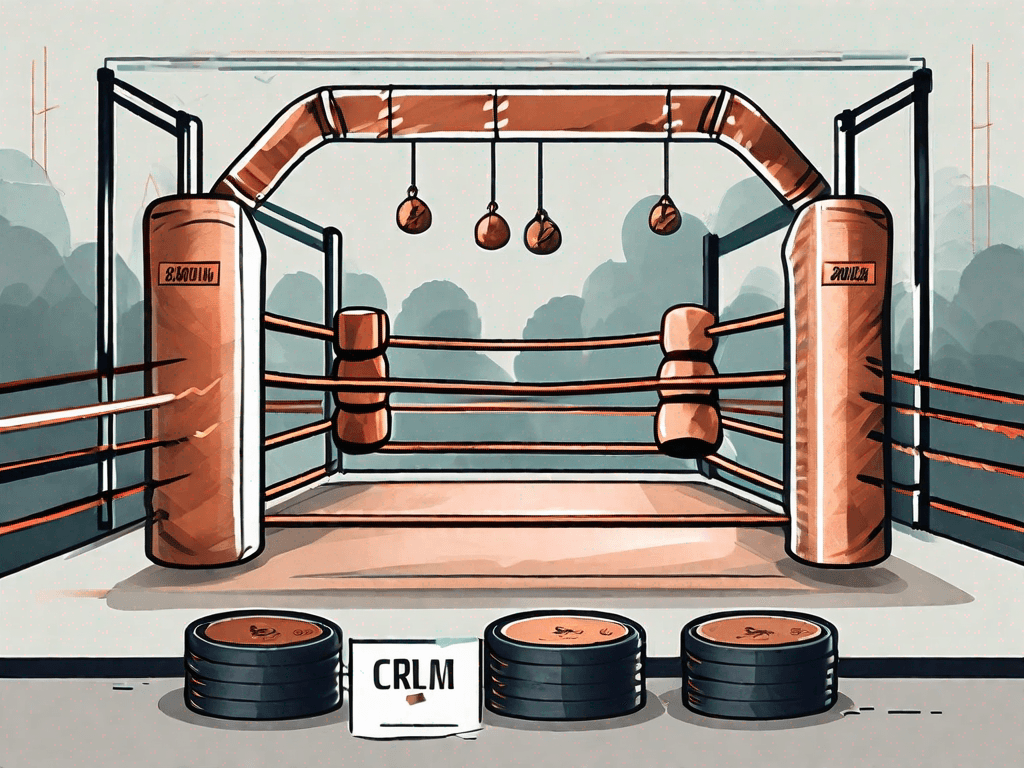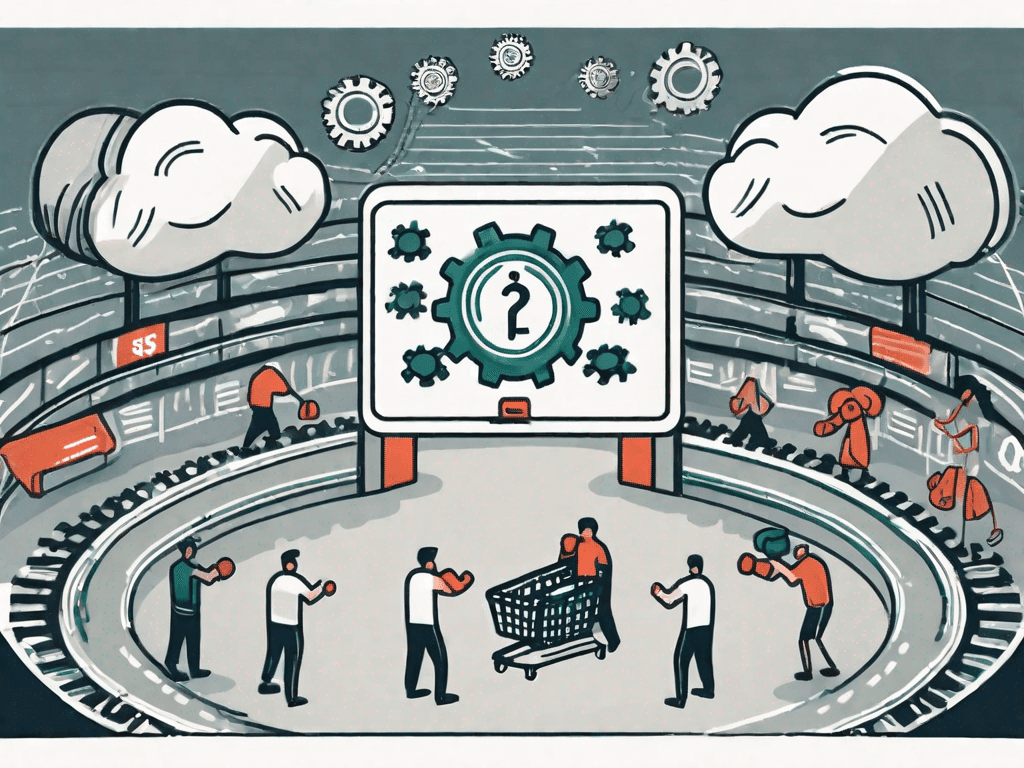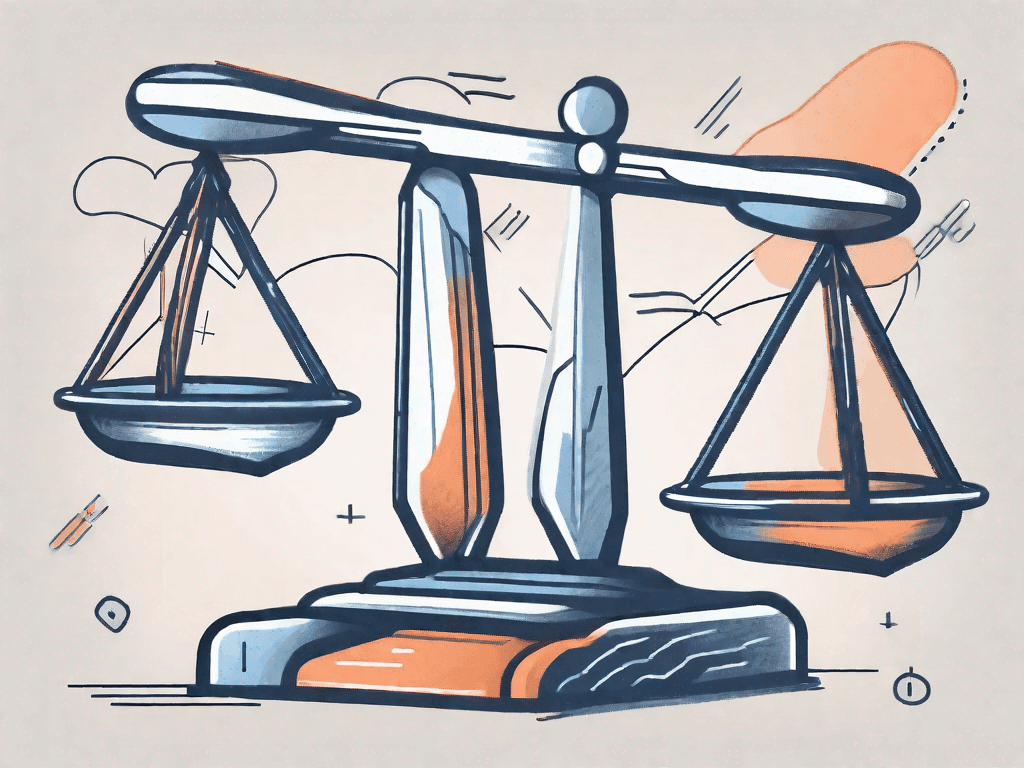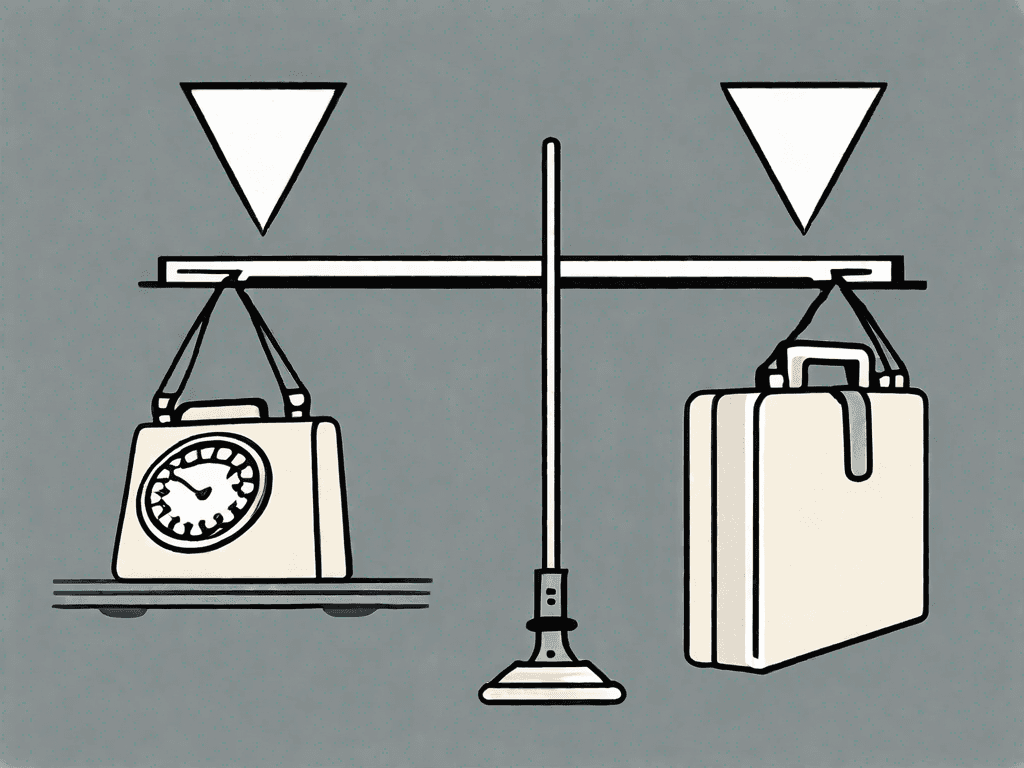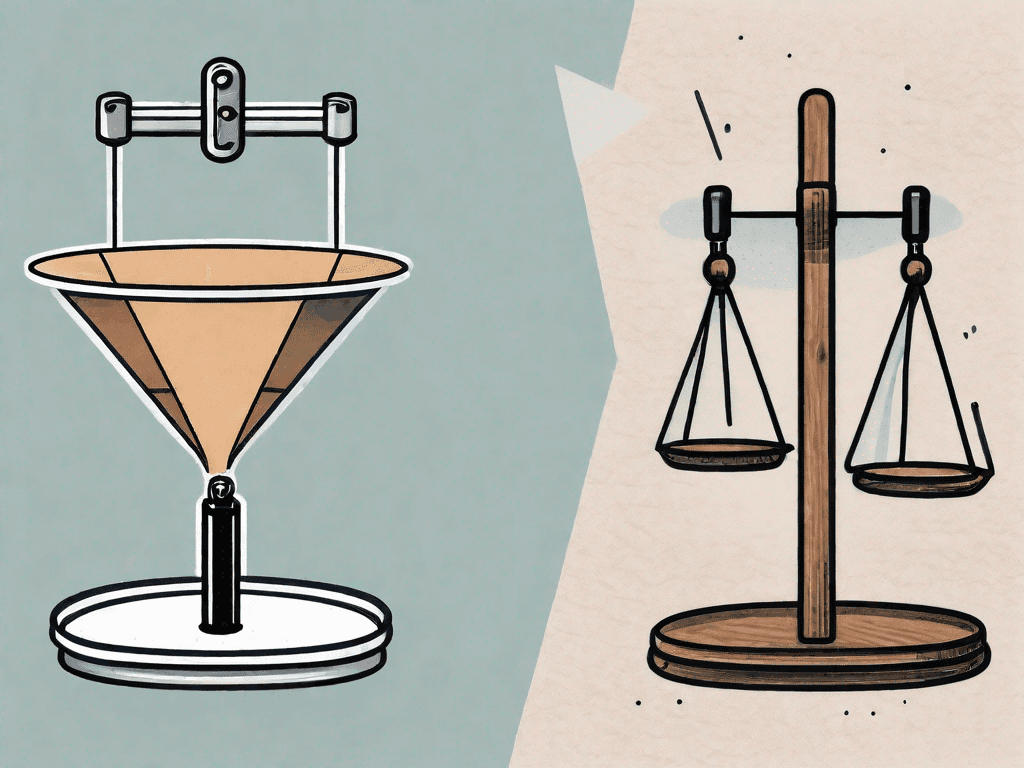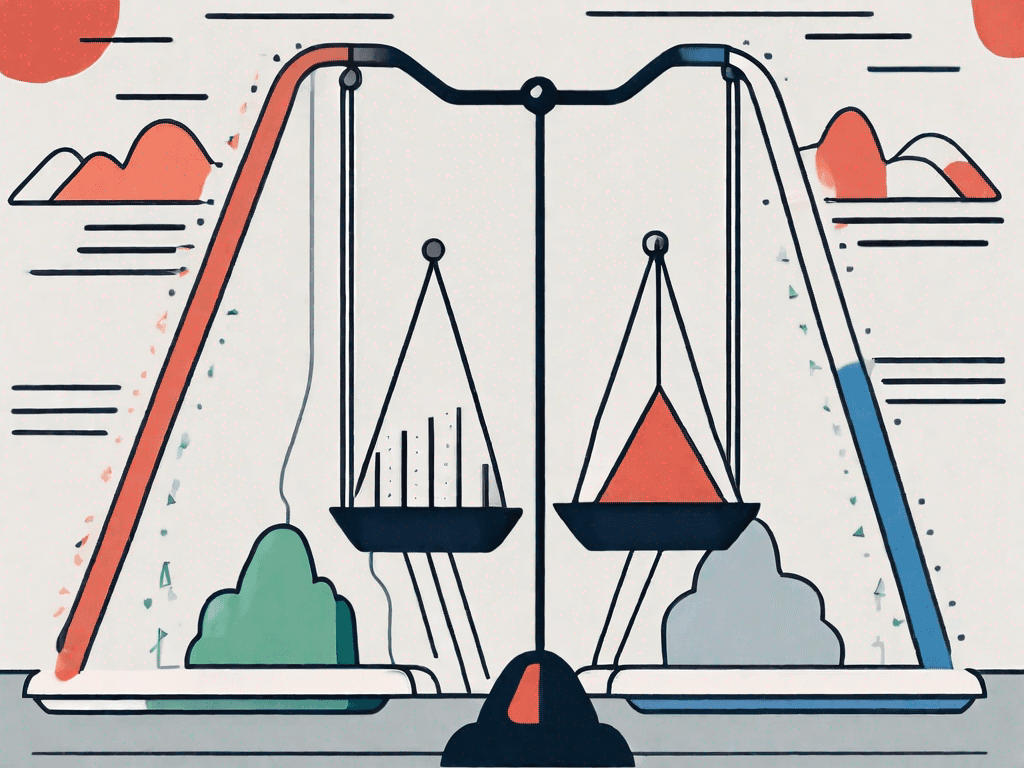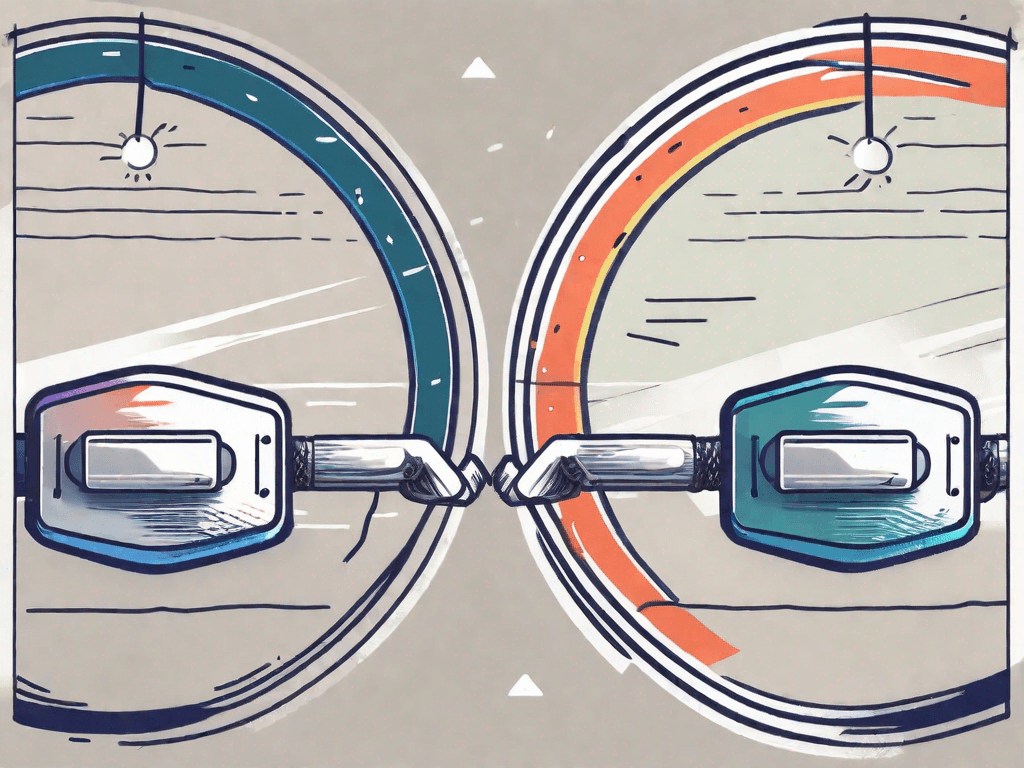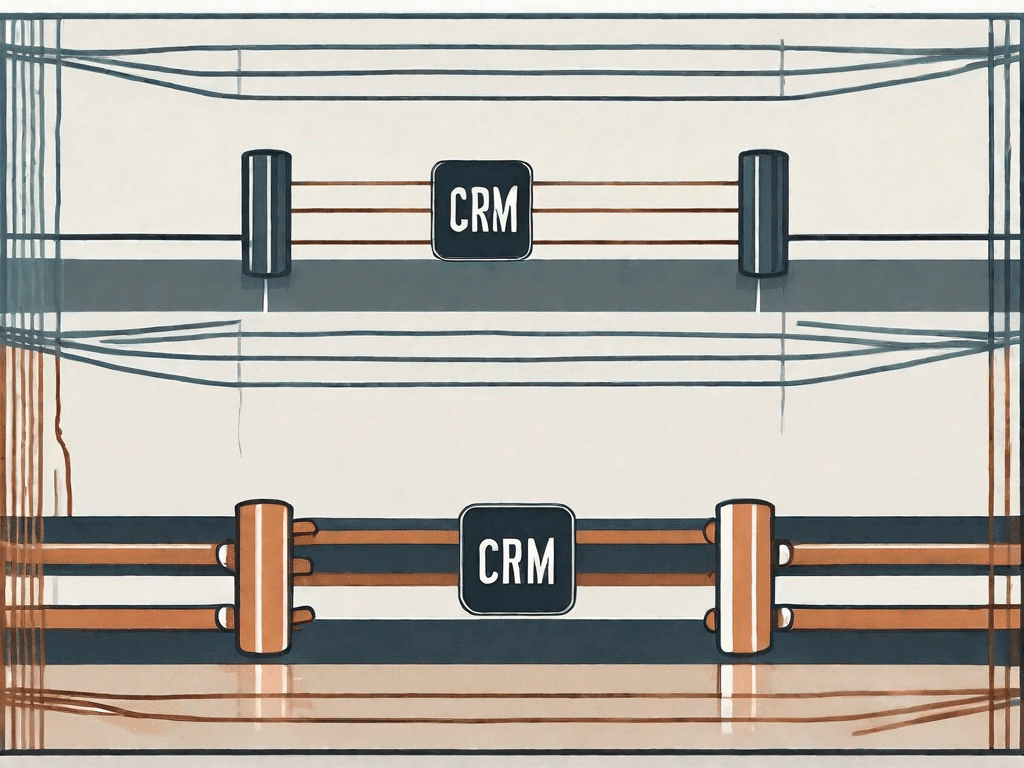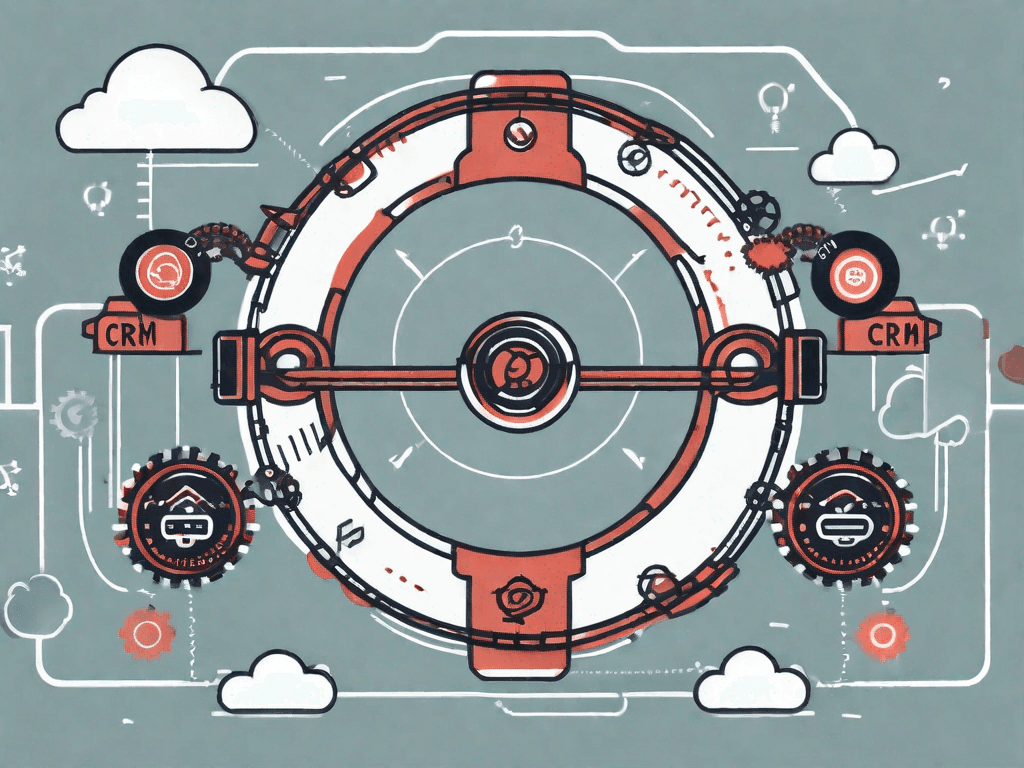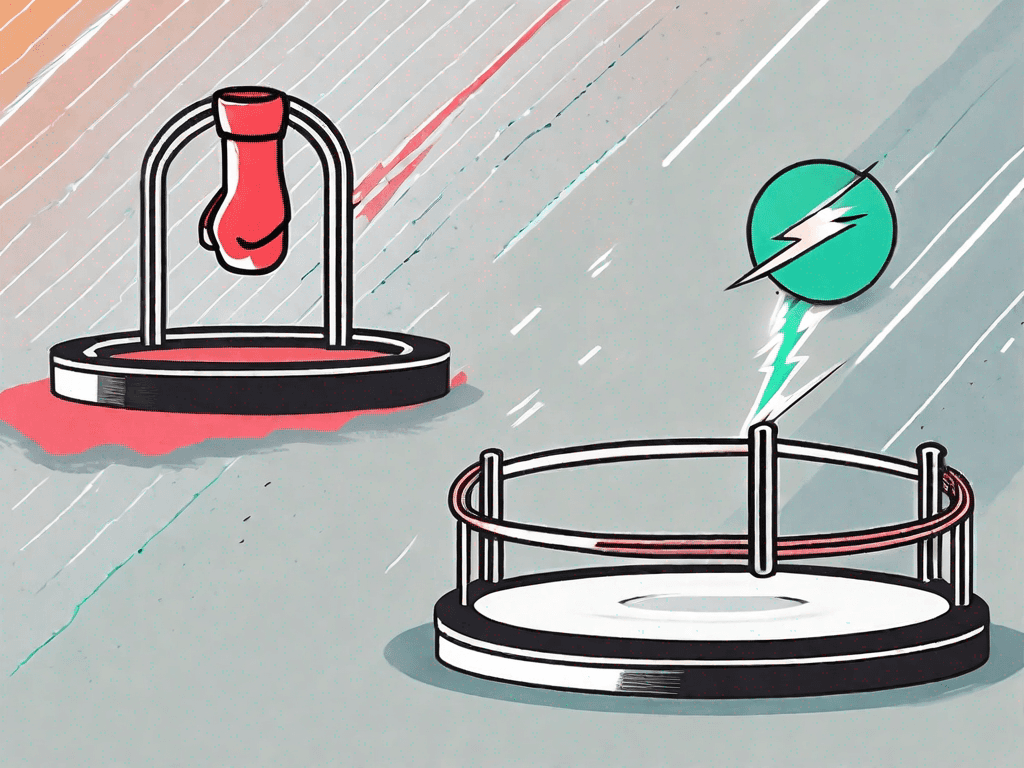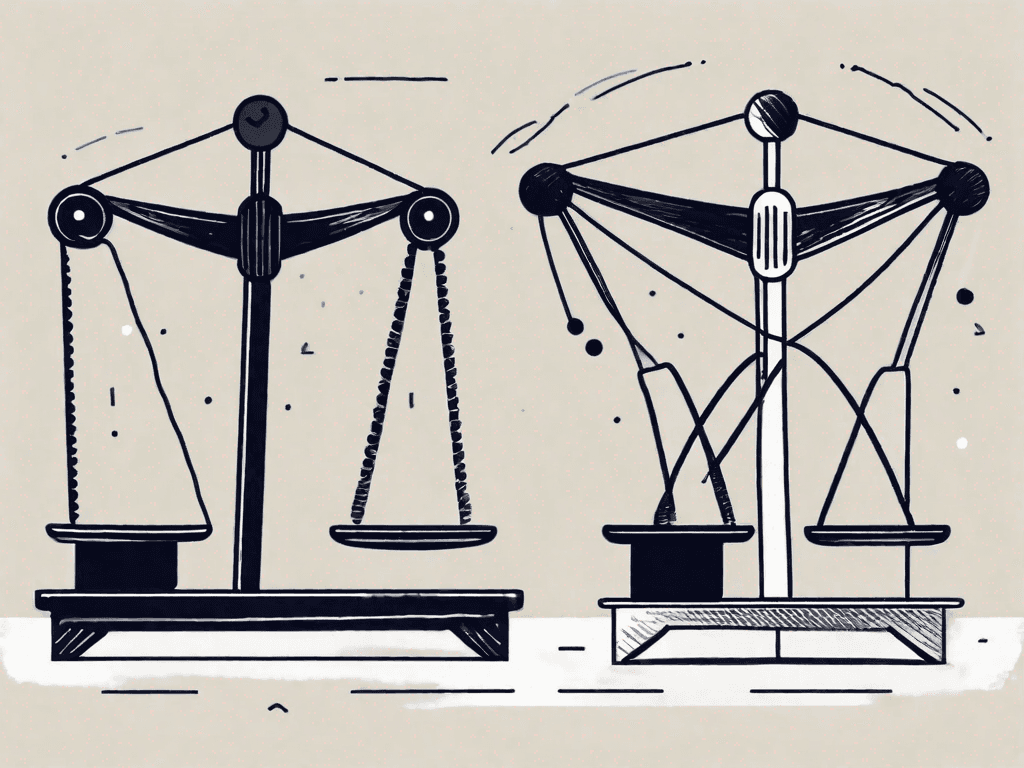
Woodpecker vs Lemlist: Which One Is The Best For B2B Sales?
In the world of B2B sales, finding the right tool to automate and streamline your outreach efforts can make all the difference. Two popular options in this space are Woodpecker and Lemlist. Each one has its own set of features and benefits, but which one is the best choice for your business? In this article, we will compare Woodpecker and Lemlist across key areas to help you make an informed decision
Pros and Cons of Woodpecker and Lemlist
Let's start by exploring the pros and cons of both Woodpecker and Lemlist. This will give you a better understanding of what each tool brings to the table.
1. Pros of Woodpecker
One of the standout features of Woodpecker is its ease of use. The interface is intuitive and user-friendly, making it ideal for salespeople who want to get up and running quickly. Additionally, Woodpecker offers advanced personalization options, allowing you to tailor your outreach messages to each recipient.
Another advantage of Woodpecker is its robust tracking and analytics capabilities. You can easily monitor open rates, click-through rates, and responses, enabling you to measure the effectiveness of your campaigns and make data-driven decisions.
Furthermore, Woodpecker provides a wide range of customizable templates, making it easy to create professional-looking emails that align with your brand. These templates can save you time and effort, ensuring that your outreach messages are visually appealing and engaging.
1.2 Cons of Woodpecker
While Woodpecker has numerous strengths, it does have a few drawbacks to consider. One notable limitation is its lack of integrations. Woodpecker offers a limited number of integrations with popular CRM and email marketing tools, which may be a drawback if you rely heavily on other software in your sales stack.
Additionally, Woodpecker's pricing can be a bit steep for small businesses or individual sales professionals. If you're just starting out and have a limited budget, this may be a factor to consider when evaluating Woodpecker as an option.
Moreover, some users have reported occasional glitches or technical issues with Woodpecker's platform. While these instances are rare, they can still be frustrating and may impact your overall experience with the tool.
1.3 Pros of Lemlist
Lemlist, on the other hand, offers a unique feature known as personalized images. With this feature, you can insert personalized images into your outreach emails, helping you stand out and grab your recipient's attention. This can be especially powerful for B2B sales, where personalization is key.
Another benefit of Lemlist is its strong focus on deliverability. The platform ensures that your emails are reaching the inbox, rather than getting stuck in spam folders. This can significantly increase your chances of getting your message in front of the right people.
In addition, Lemlist provides a variety of email automation features, allowing you to streamline your outreach process and save time. From automated follow-ups to personalized sequences, Lemlist offers a range of tools to help you automate and optimize your email campaigns.
1.4 Cons of Lemlist
While Lemlist has its advantages, there are also some downsides to consider. One limitation of Lemlist is its lack of comprehensive analytics. While you can track basic metrics like opens and clicks, the platform doesn't offer the same level of detailed analytics as Woodpecker. This may be a factor to consider if data-driven decision-making is important to your sales strategy.
Additionally, Lemlist is more suitable for individual sales professionals or smaller teams. If you're part of a larger organization or require advanced team collaboration features, Lemlist may not be the best fit for your needs.
Furthermore, some users have found Lemlist's interface to be less intuitive compared to other email outreach tools. While the learning curve is not steep, it may take some time to fully navigate and utilize all of Lemlist's features effectively.
1.5 Key Differences between Woodpecker and Lemlist
Now that we've covered the pros and cons of both Woodpecker and Lemlist, let's dive into the key differences between these two tools.
One of the main differences lies in their pricing models. Woodpecker offers a subscription-based pricing model, which can be a better option if you prefer predictable monthly expenses. Lemlist, on the other hand, offers a pay-as-you-go pricing model, allowing you to pay only for what you use.
Another difference is the integrations each tool offers. Woodpecker integrates with popular CRM systems like Salesforce and Pipedrive, making it seamless to incorporate into your existing sales stack. Lemlist, on the other hand, offers limited integrations, primarily focusing on email automation.
Moreover, Woodpecker provides a built-in email verifier, which helps ensure that your email list is clean and up-to-date. This can improve deliverability and reduce the chances of your emails bouncing or being marked as spam. Lemlist, however, does not offer this feature.
Lastly, Woodpecker offers a dedicated mobile app, allowing you to manage your email outreach campaigns on the go. This can be particularly useful for salespeople who are constantly on the move and need access to their outreach tools at all times. Lemlist, unfortunately, does not currently have a mobile app.
How does Woodpecker pricing compare to Lemlist?
Now that we have outlined the pros and cons of each tool, let's take a closer look at their pricing models.
2.1 Woodpecker Pricing
Woodpecker's pricing is based on a subscription model, with different tiers depending on the features and number of users you require. The starting price for Woodpecker is $40 per month per user, with discounts available for annual plans.
As you move up the pricing tiers, you gain access to additional features such as advanced personalization options and priority customer support.
2.2 Lemlist Pricing
Lemlist uses a pay-as-you-go pricing model, allowing you to purchase email credits without committing to a monthly subscription. The cost per email credit starts at $0.10, with discounts available when purchasing larger volumes.
While this pricing model offers flexibility, it's worth noting that the cost per email credit can add up, especially if you have a high volume of outreach.
2.3 Pricing comparison
When comparing the pricing of Woodpecker and Lemlist, it's essential to consider your unique needs and budget. If you have a small team or individual sales professionals, Lemlist's pay-as-you-go pricing may offer more flexibility. However, if you require advanced features and integrations, Woodpecker's subscription model may be a better fit.
How do Woodpecker integrations compare to Lemlist?
In addition to pricing, integrations play a crucial role in choosing the right tool for your B2B sales needs. Let's explore the integrations offered by both Woodpecker and Lemlist.
3.1 Woodpecker integrations
Woodpecker offers a wide range of integrations with popular CRM systems such as Salesforce, HubSpot, and Pipedrive. These integrations allow you to sync your contacts, create automated workflows, and streamline your sales process.
Additionally, Woodpecker integrates with email marketing platforms like Mailchimp and SendGrid, making it easy to incorporate your email campaigns into your overall marketing strategy.
3.2 Lemlist Integrations
Lemlist's integration options are more limited compared to Woodpecker. The tool primarily focuses on email automation and offers integrations with Gmail and Zapier. While this may be sufficient for some users, it may not meet the needs of those who rely heavily on other tools in their sales and marketing workflows.
Which one is the Best for You?
Now that we have explored the pros and cons, pricing, and integrations of both Woodpecker and Lemlist, let's determine which tool is best suited for different business scenarios.
4.1 The Best for Salespeople
For individual salespeople or small teams, Woodpecker may be the best choice. Its user-friendly interface, advanced personalization options, and robust analytics make it a powerful tool for sales professionals.
4.2 The Best for Consultants
If you're a consultant or freelancer looking for a tool that offers personalized images and strong deliverability features, Lemlist could be the ideal option. The ability to insert personalized images can help you make a lasting impression on your clients.
4.3 The Best for Digital Marketing Agencies
Digital marketing agencies that require comprehensive integrations and advanced team collaboration features would benefit from Woodpecker. Its wide range of CRM and email marketing integrations, as well as team-based features, make it an excellent choice for agencies.
Ultimately, the best choice between Woodpecker and Lemlist will depend on your specific business needs and budget. Take the time to evaluate each tool's features, pricing, and integrations to ensure you make an informed decision that aligns with your B2B sales goals.
Remember, automation and personalization are key in B2B sales, so choosing the right tool could be a game-changer for your business.



